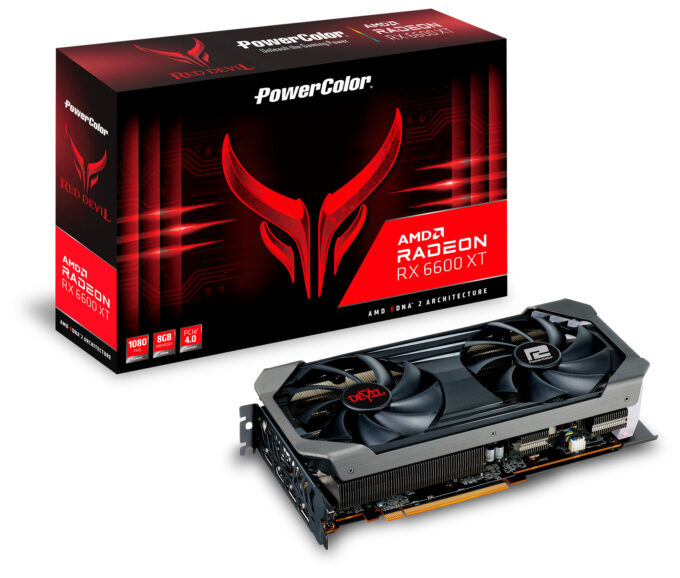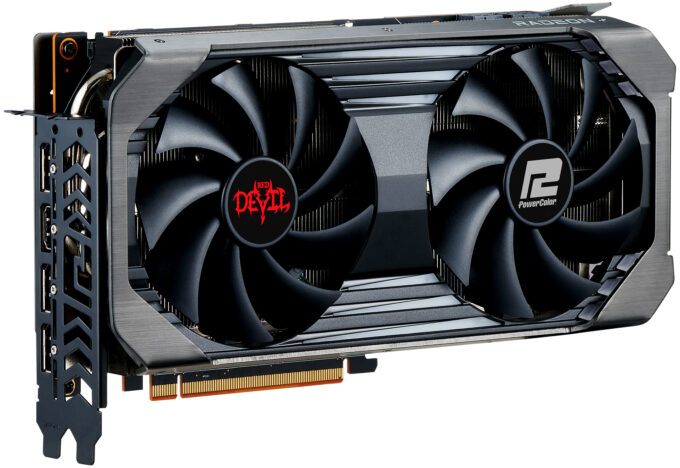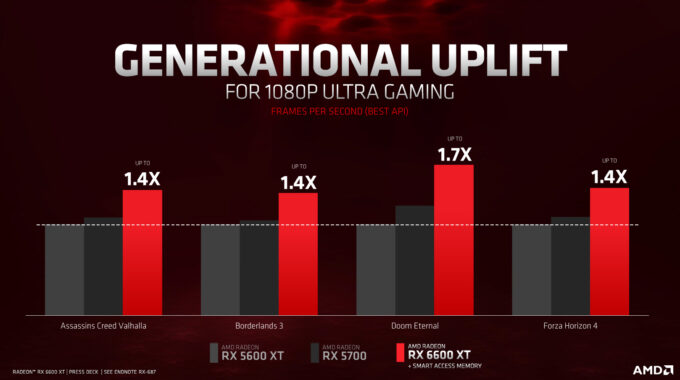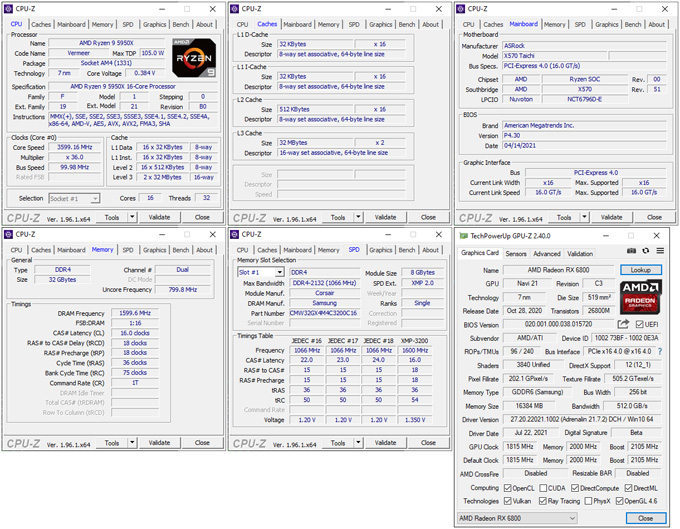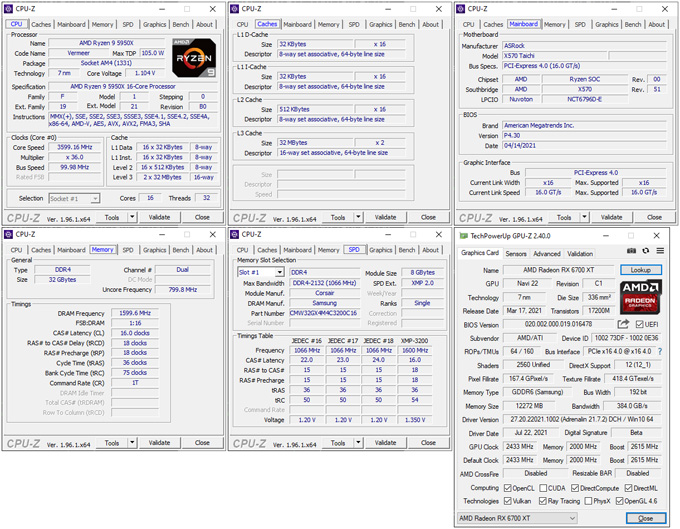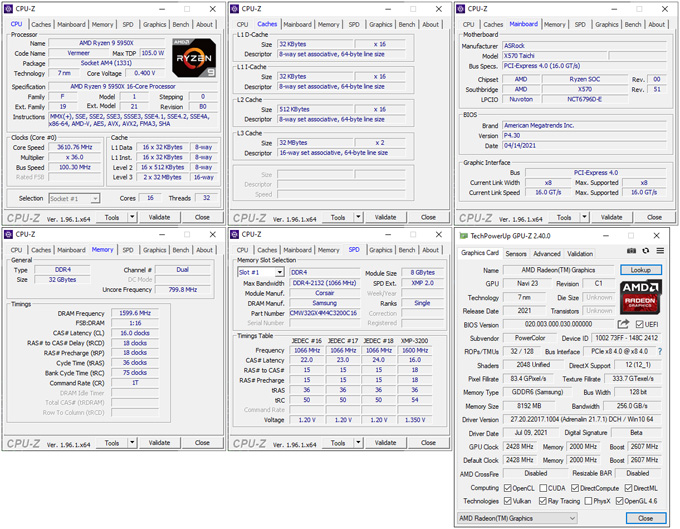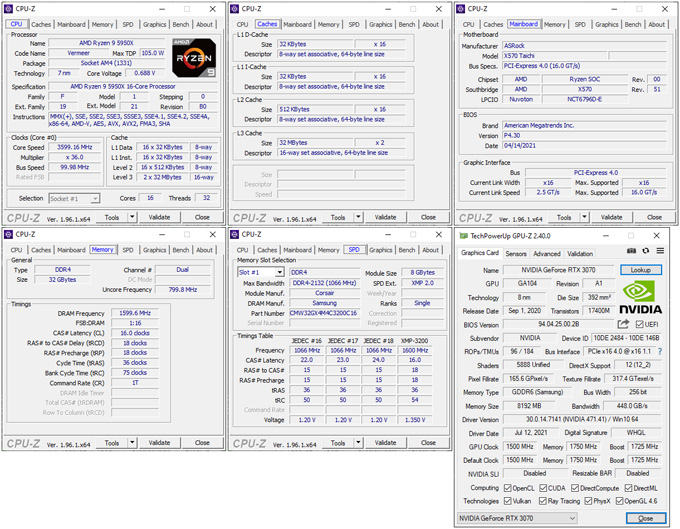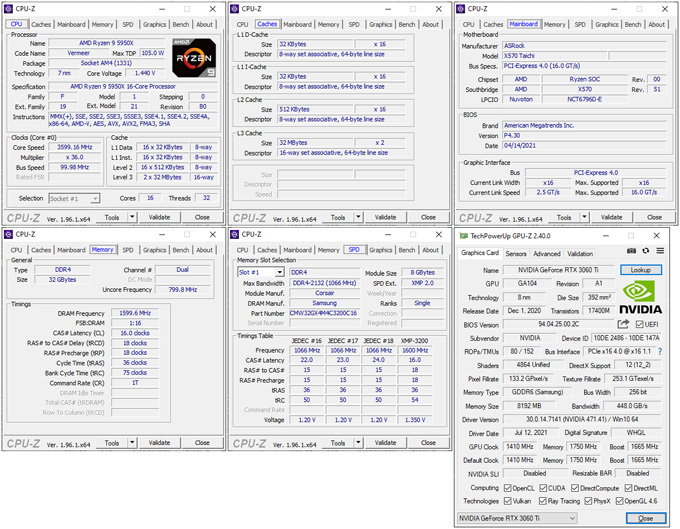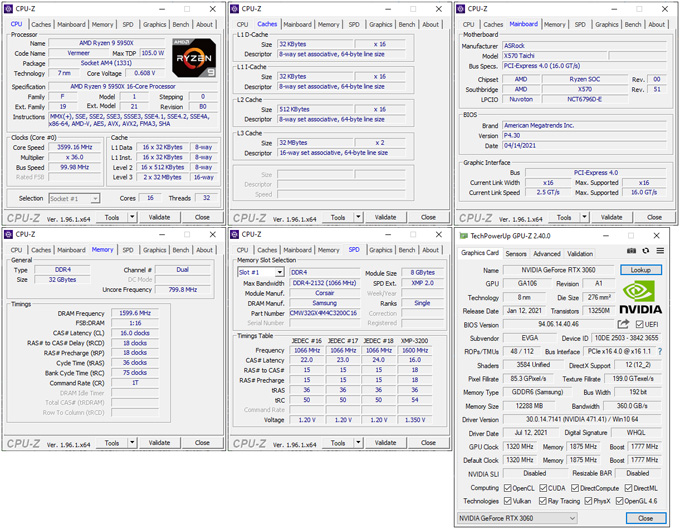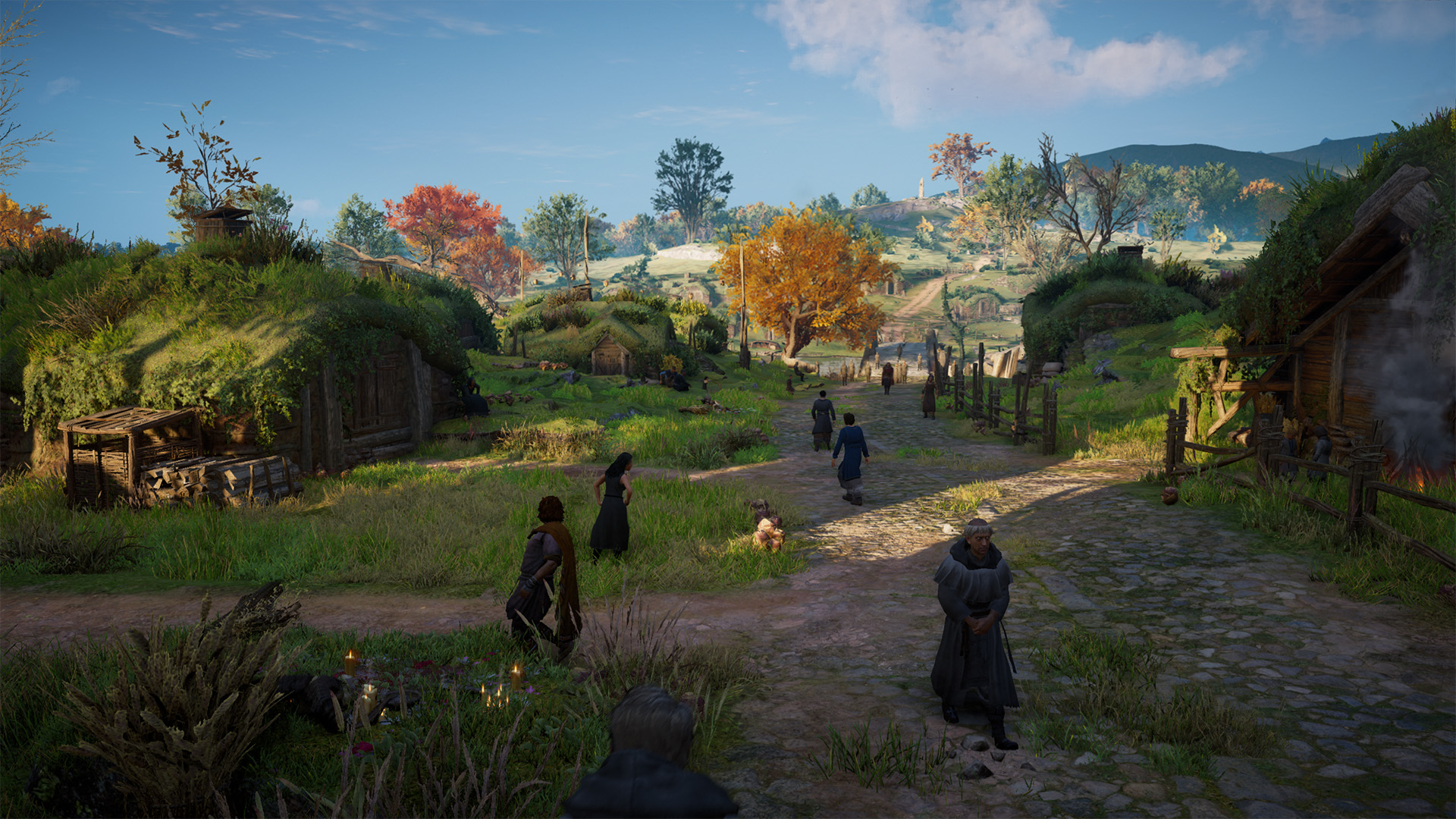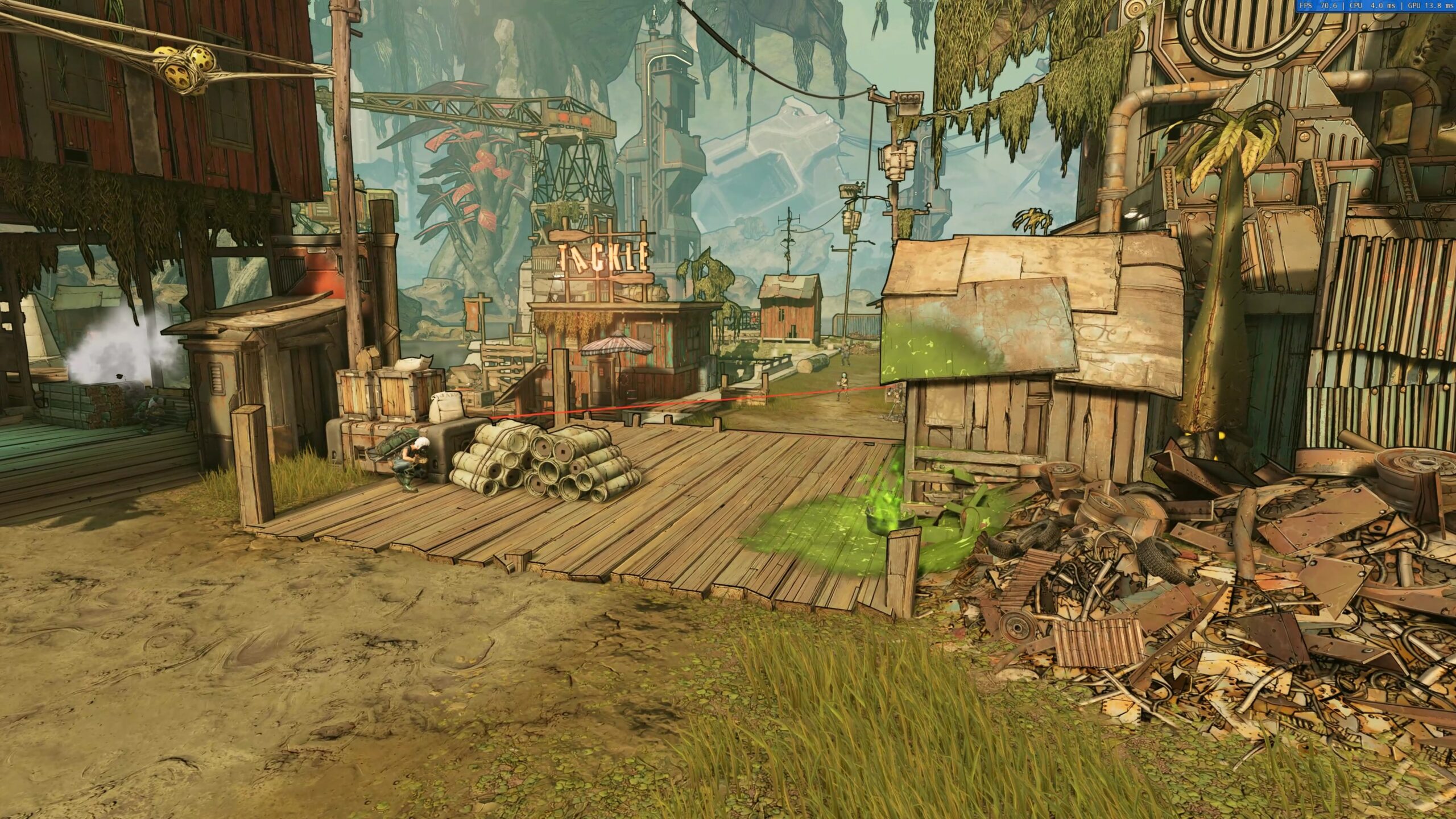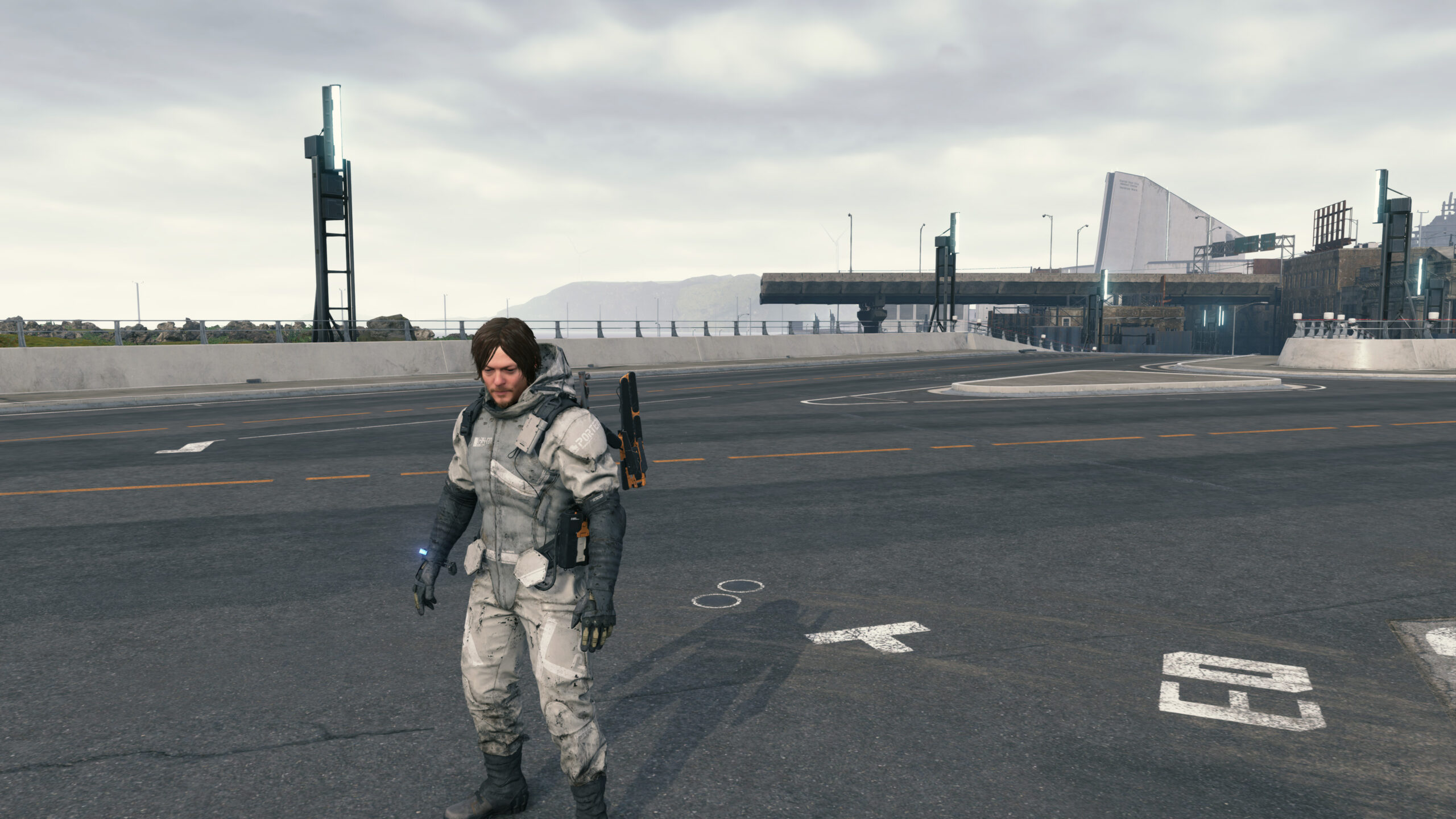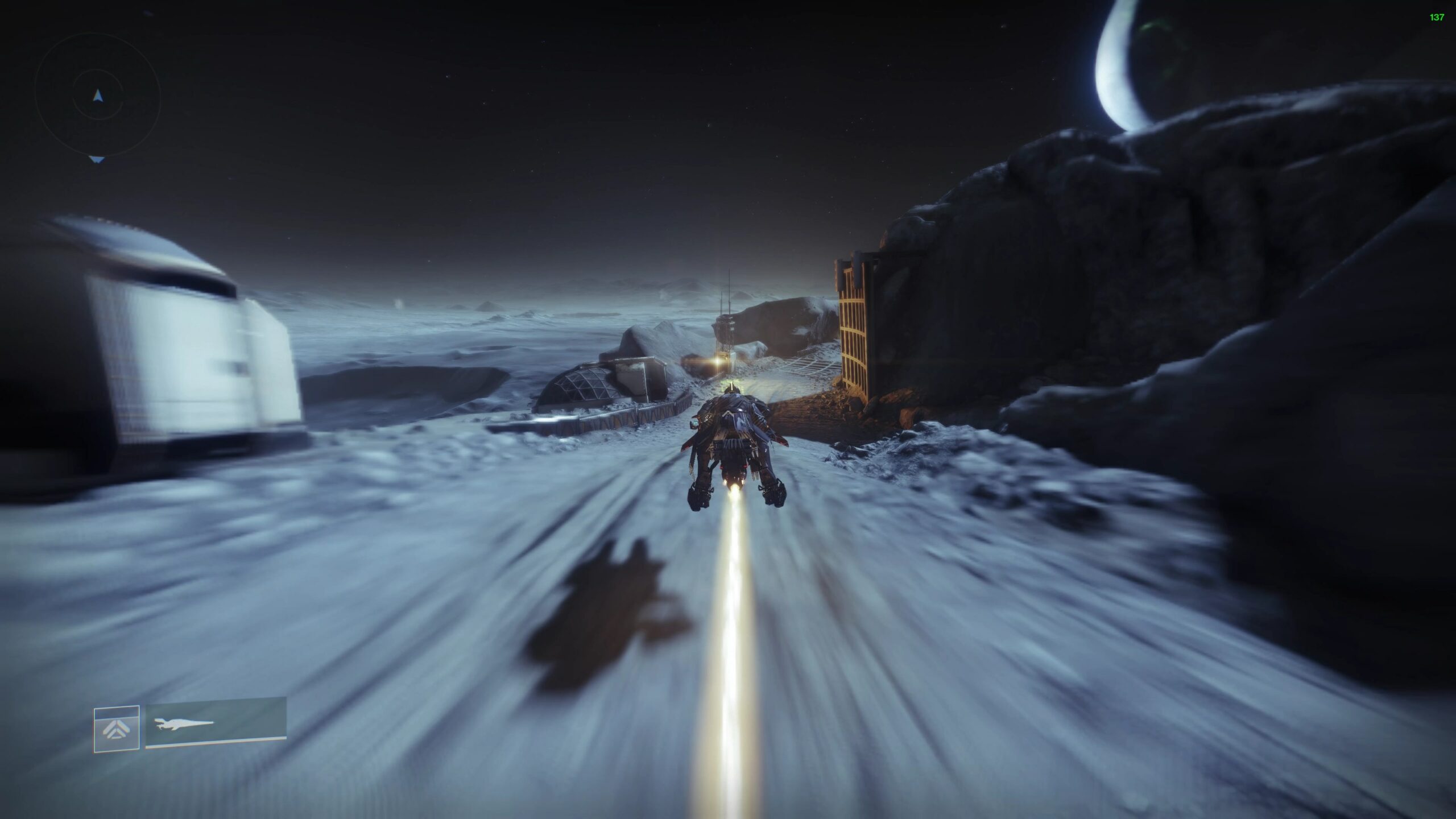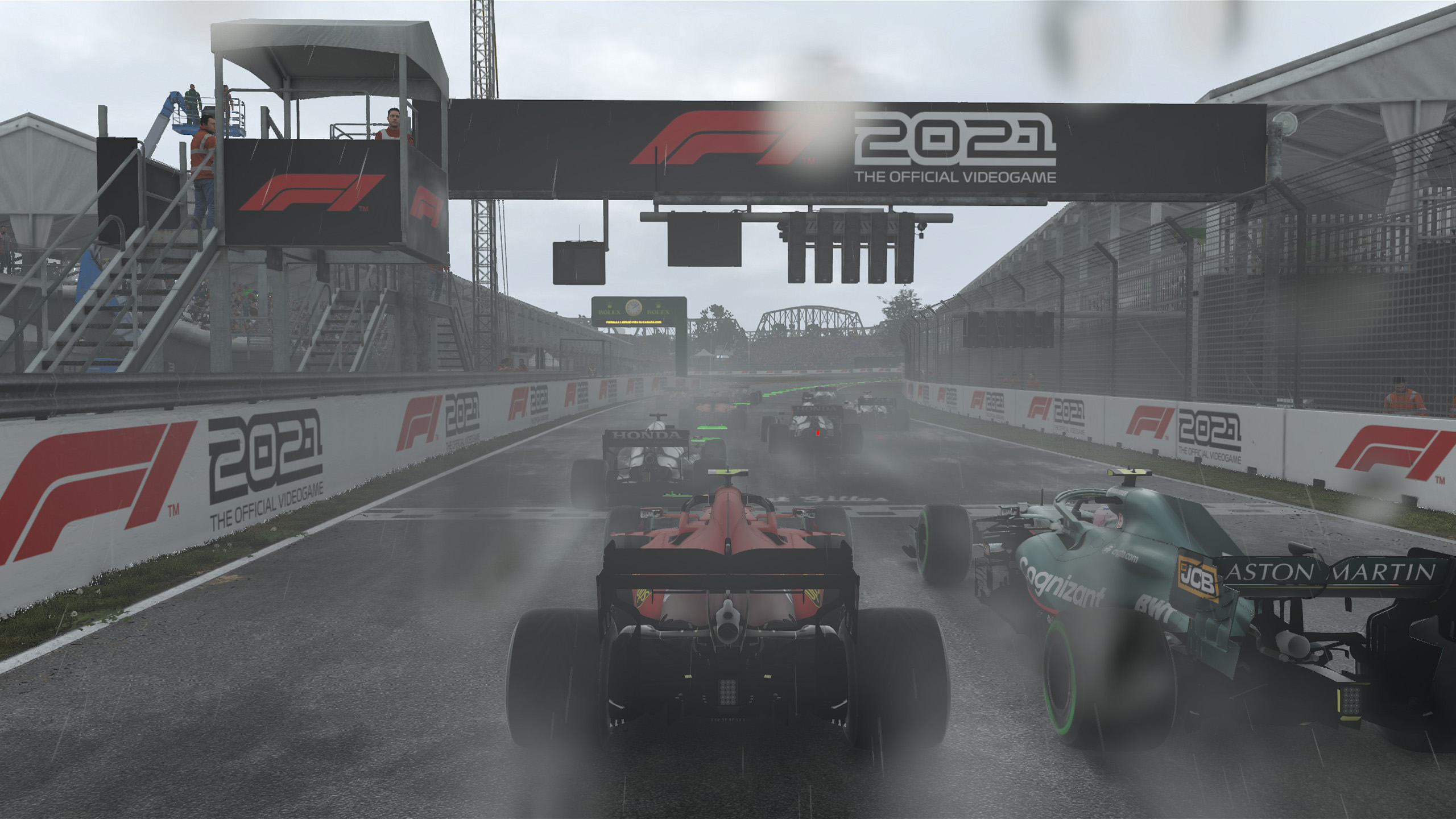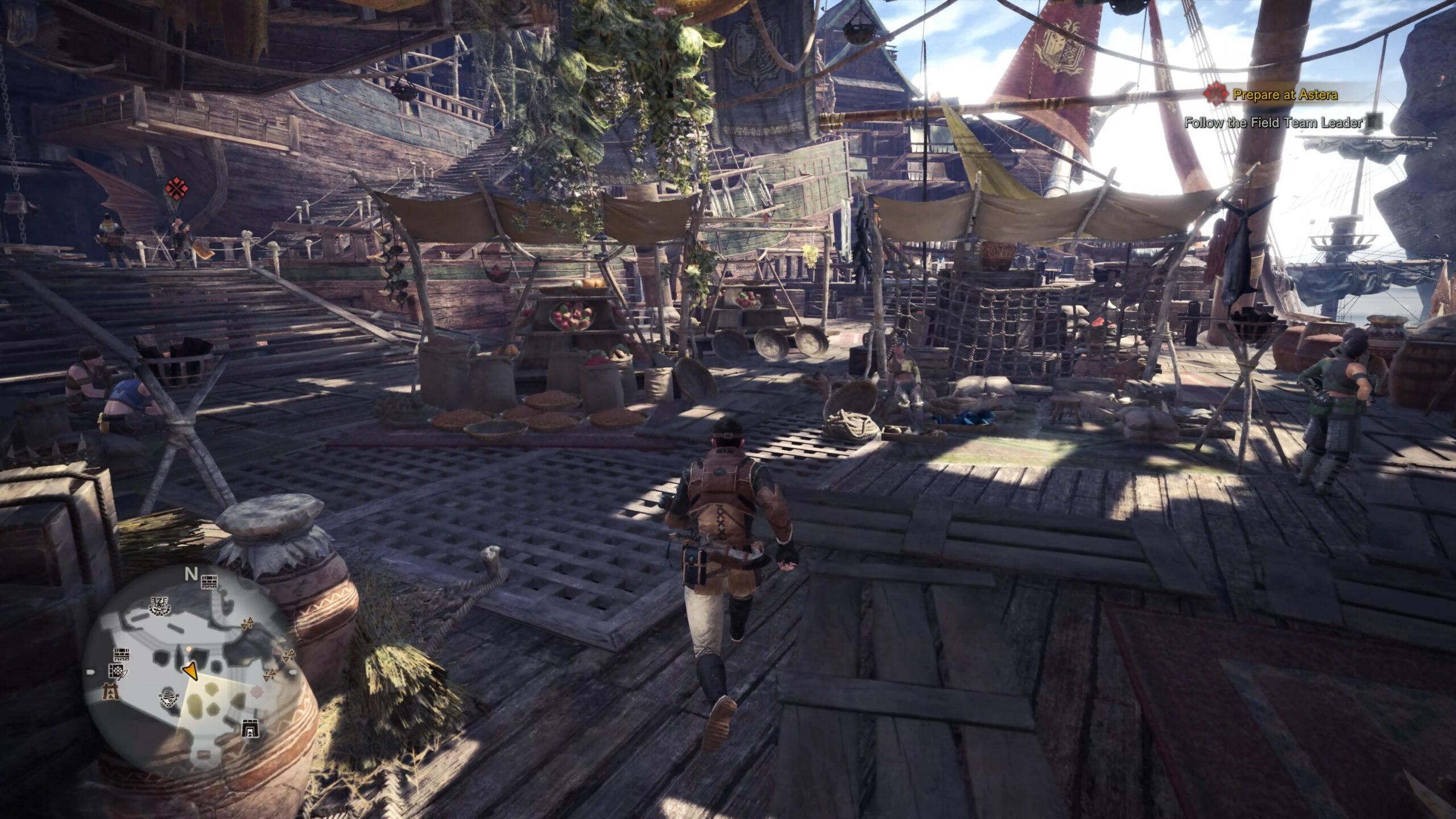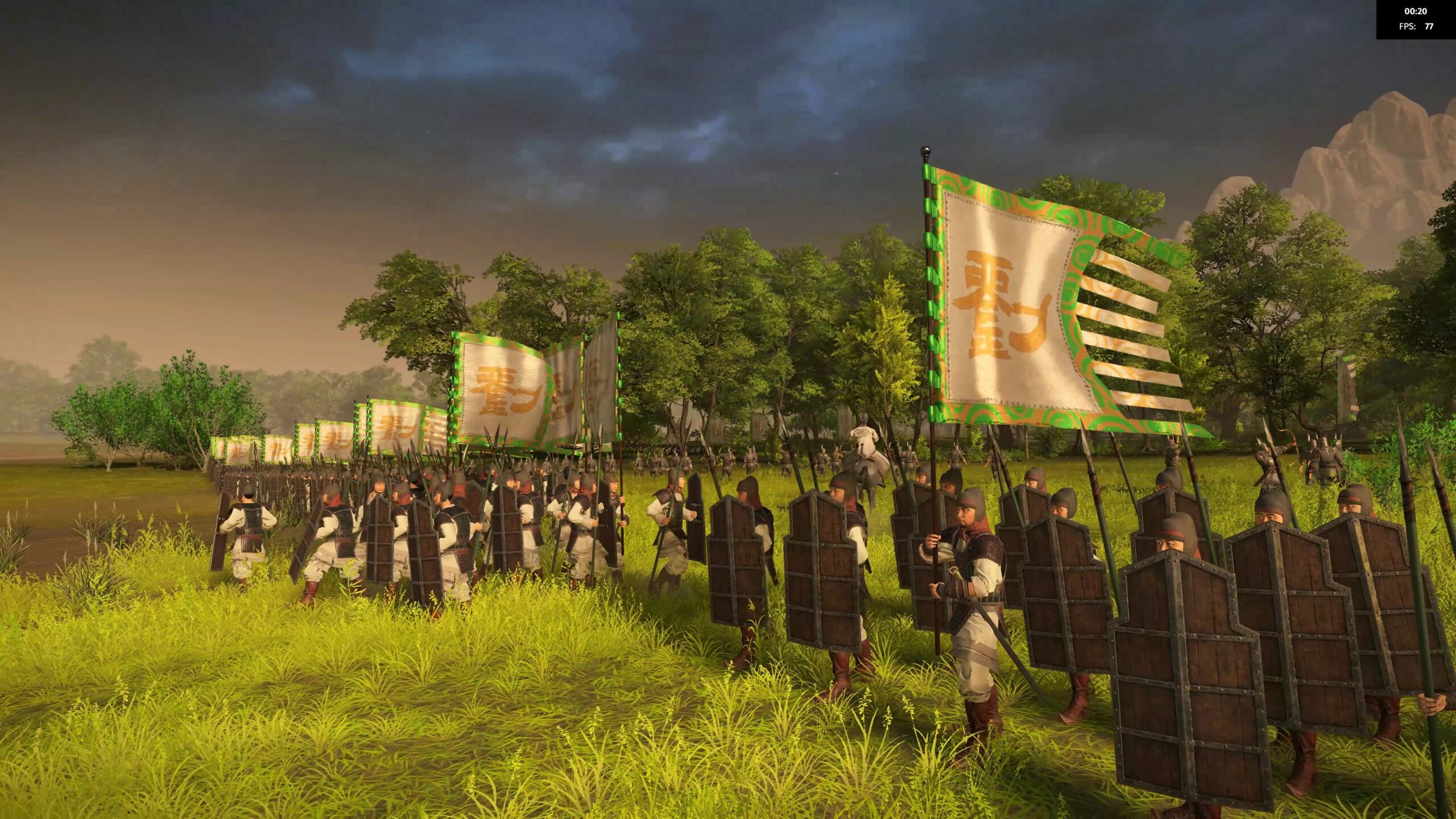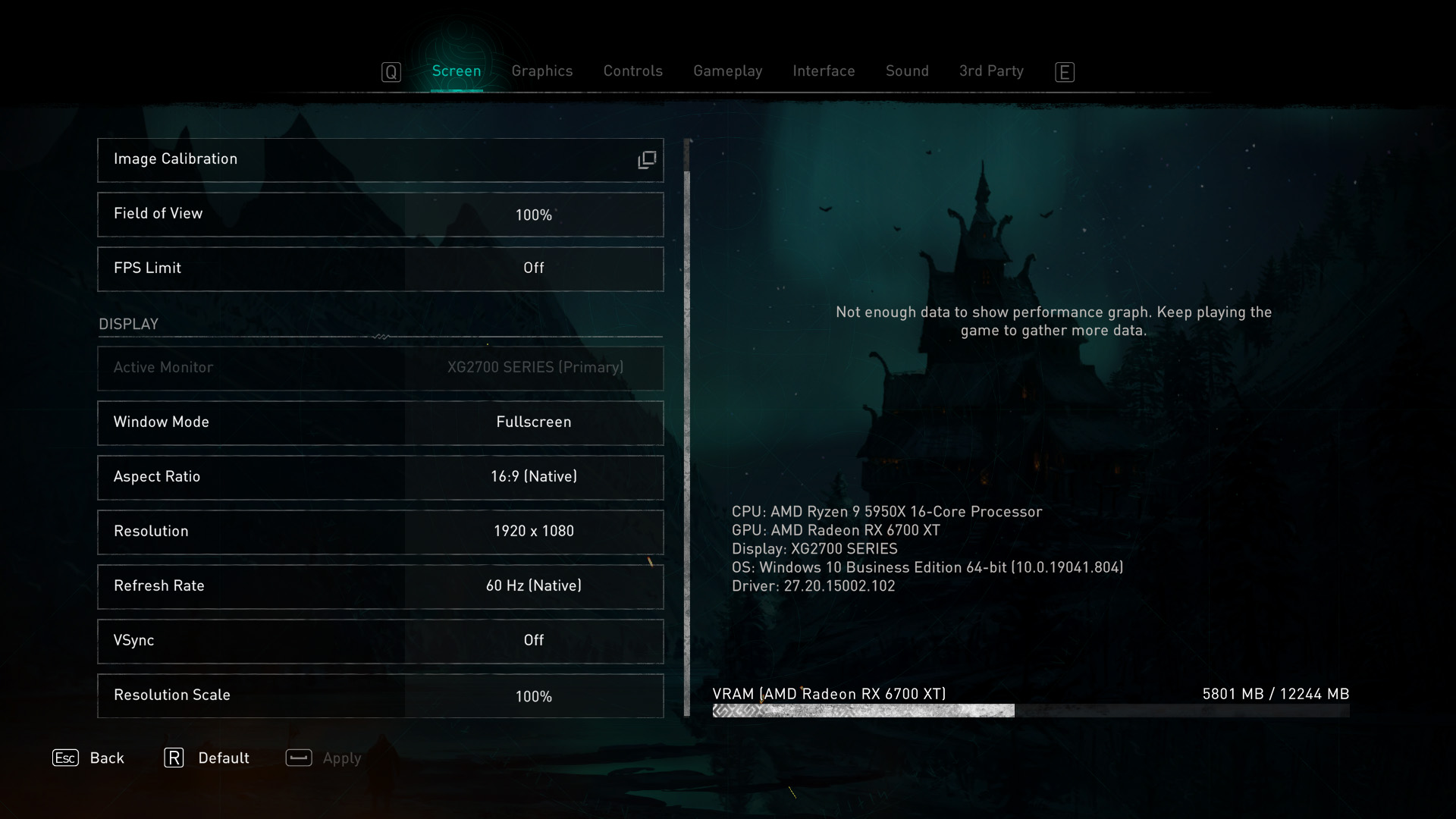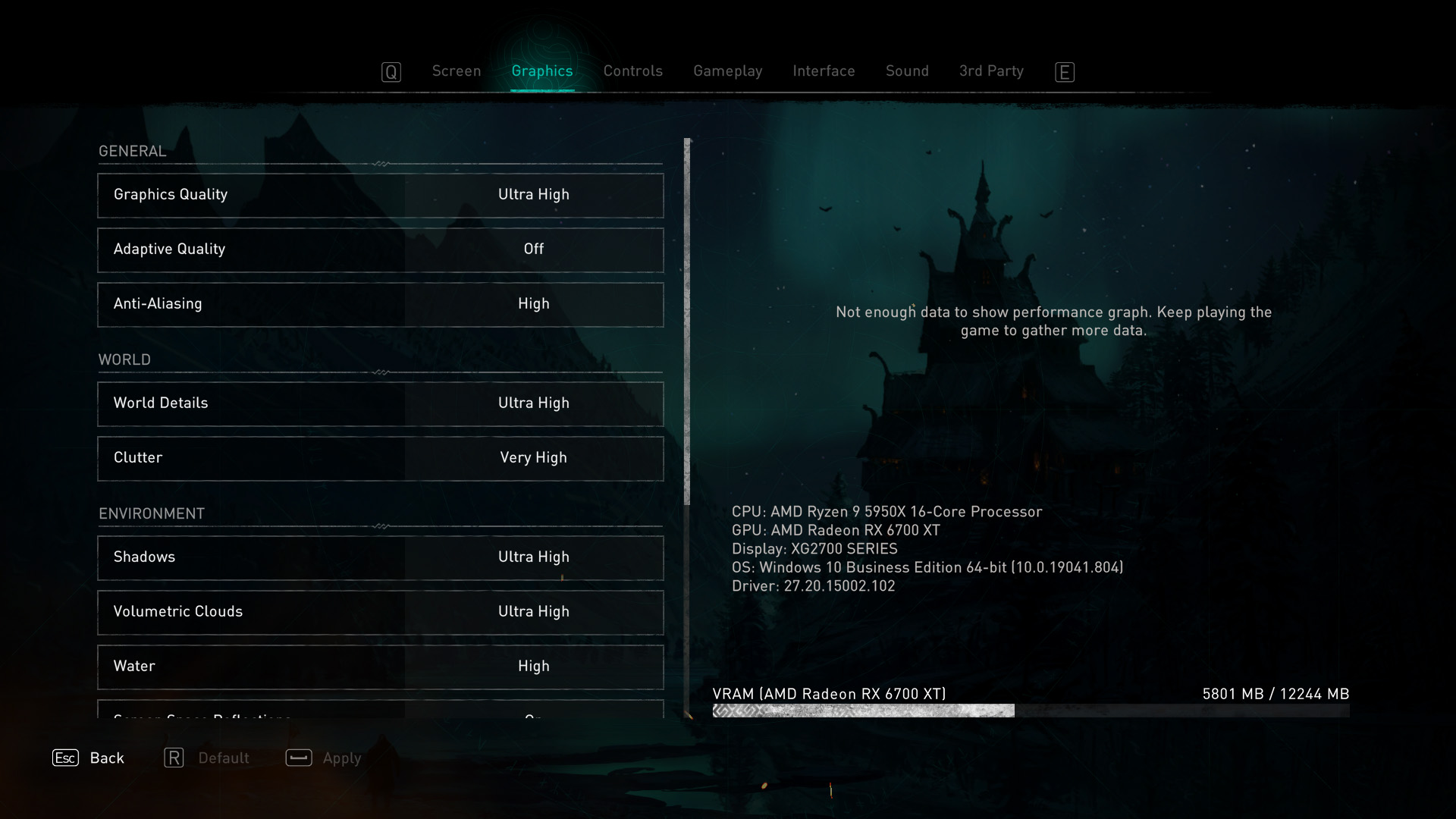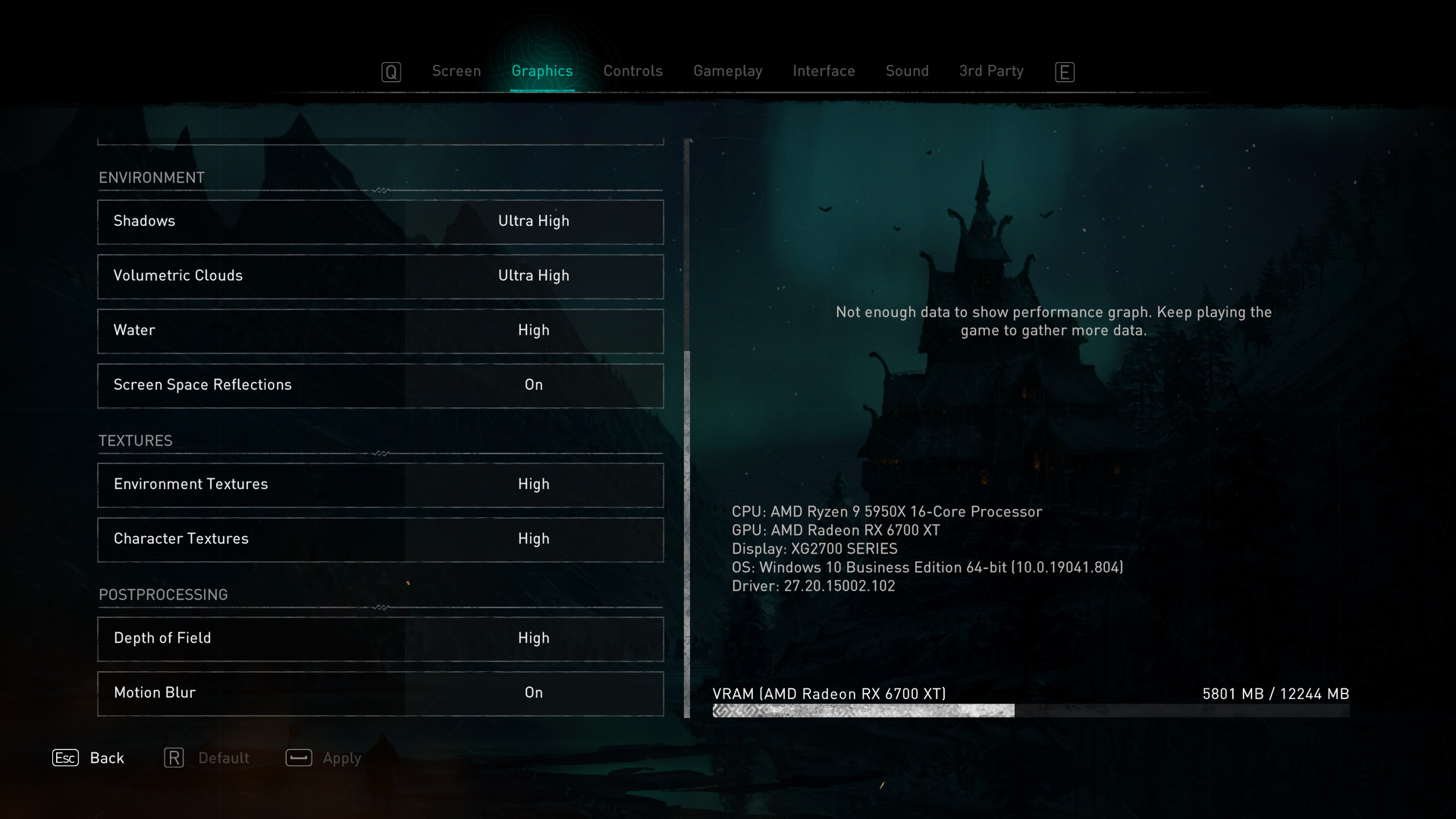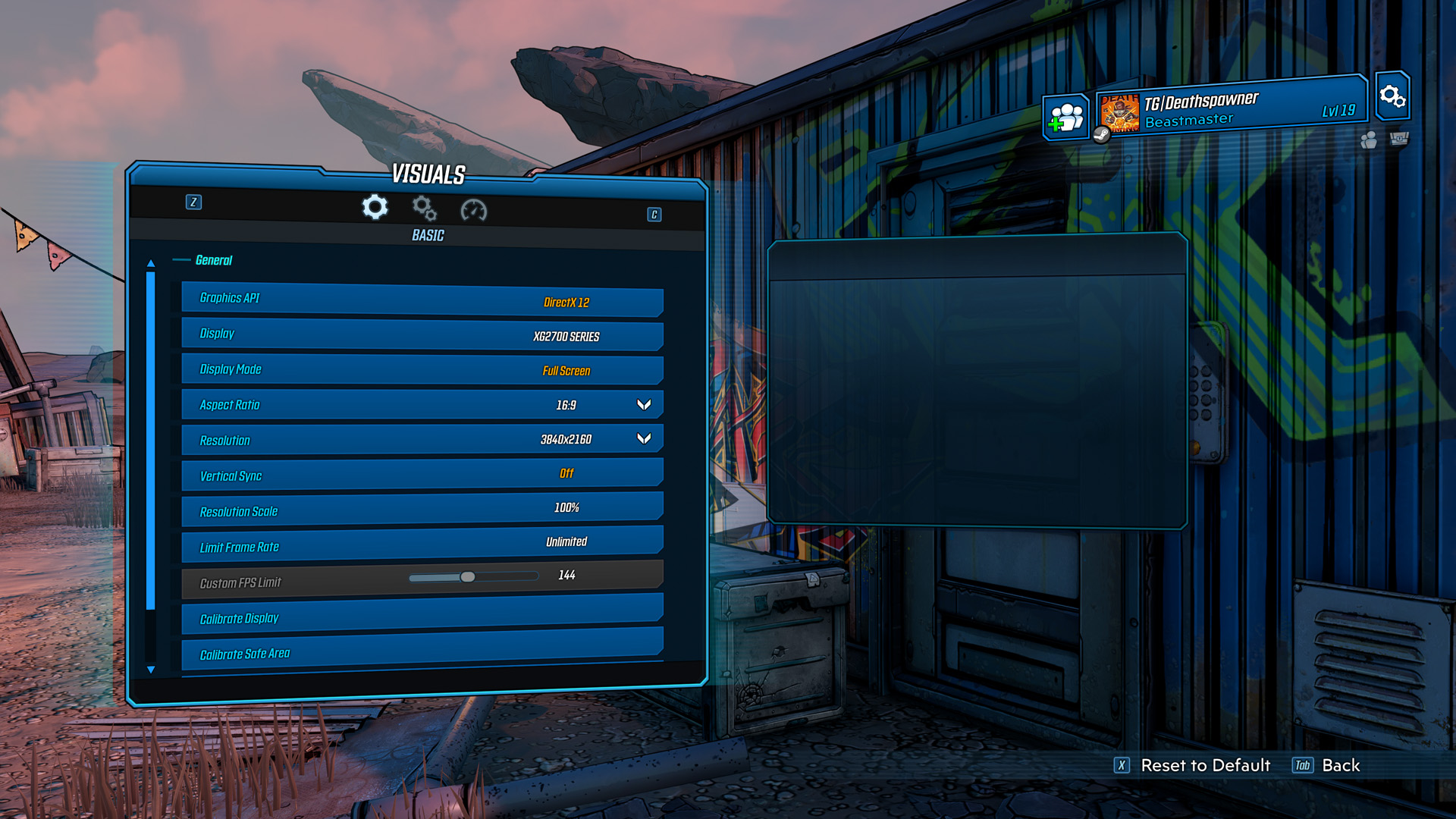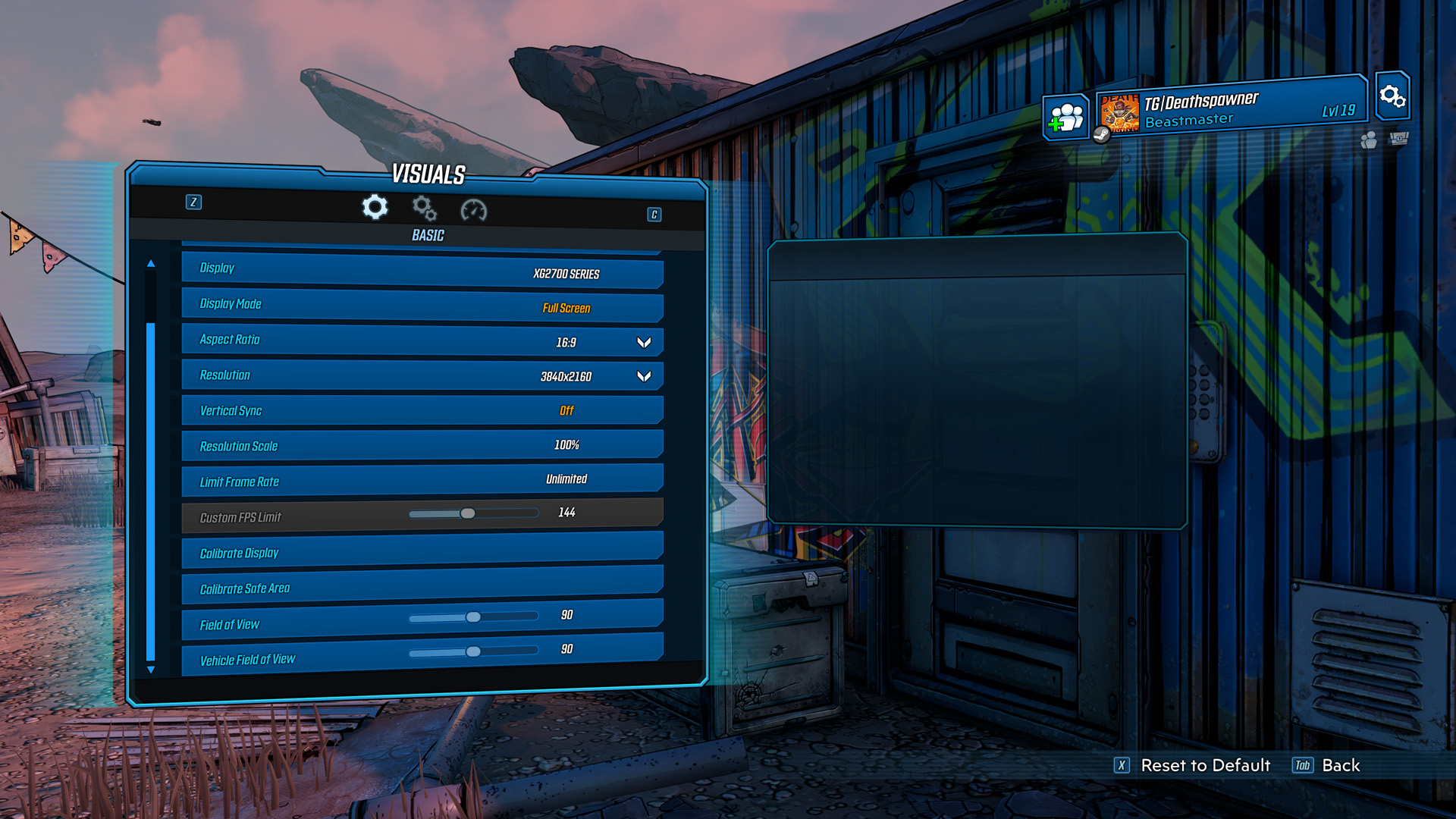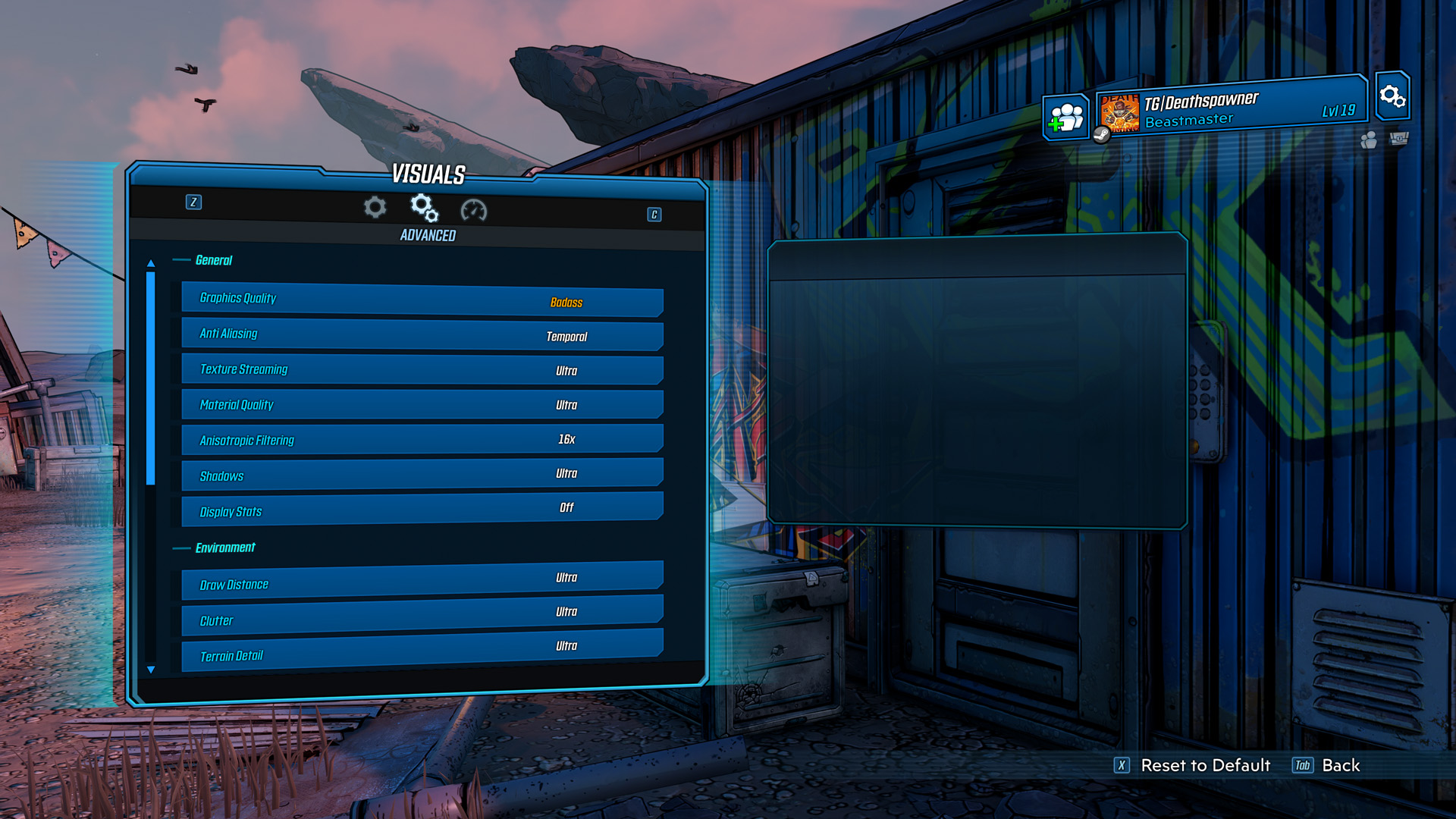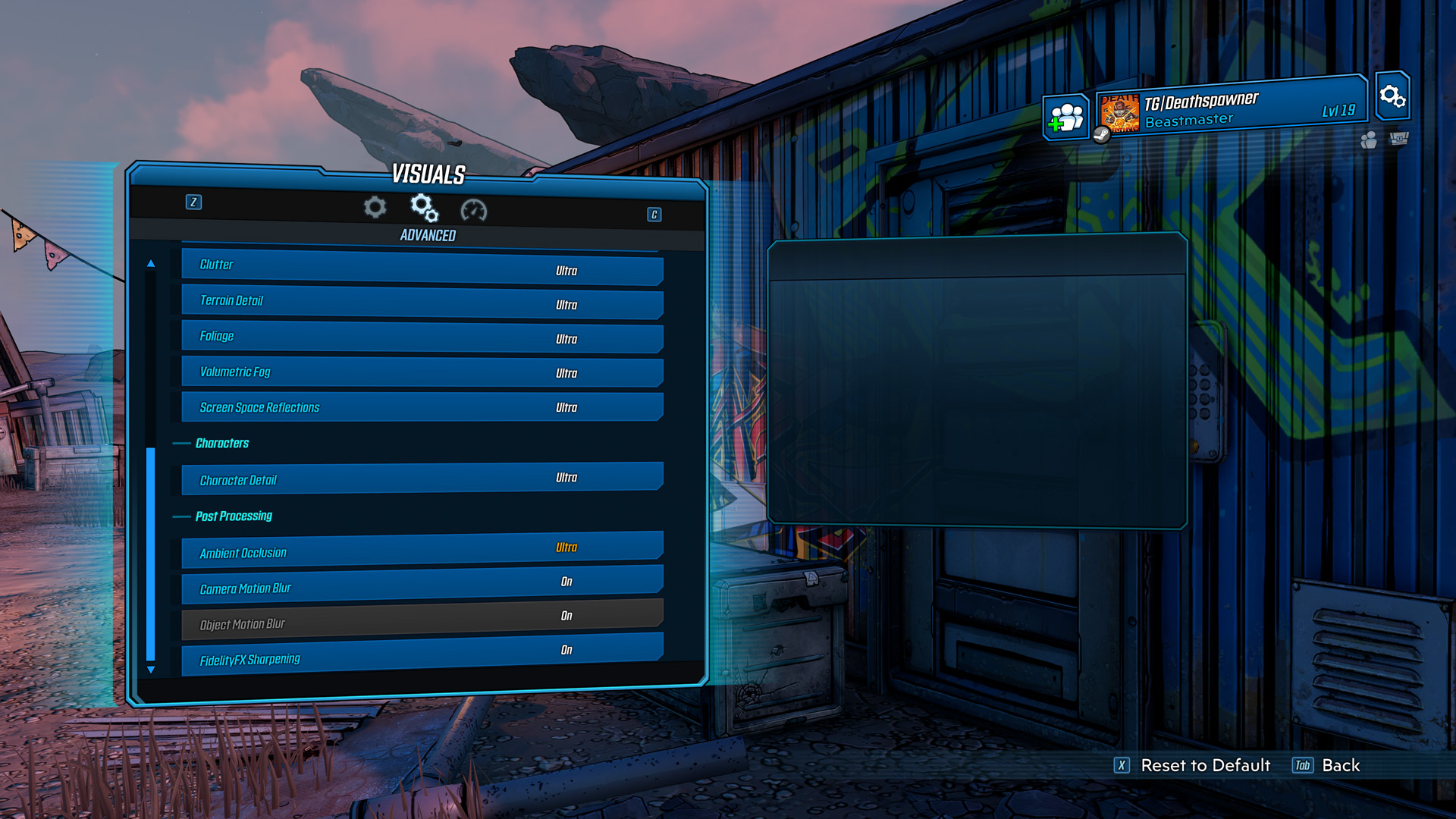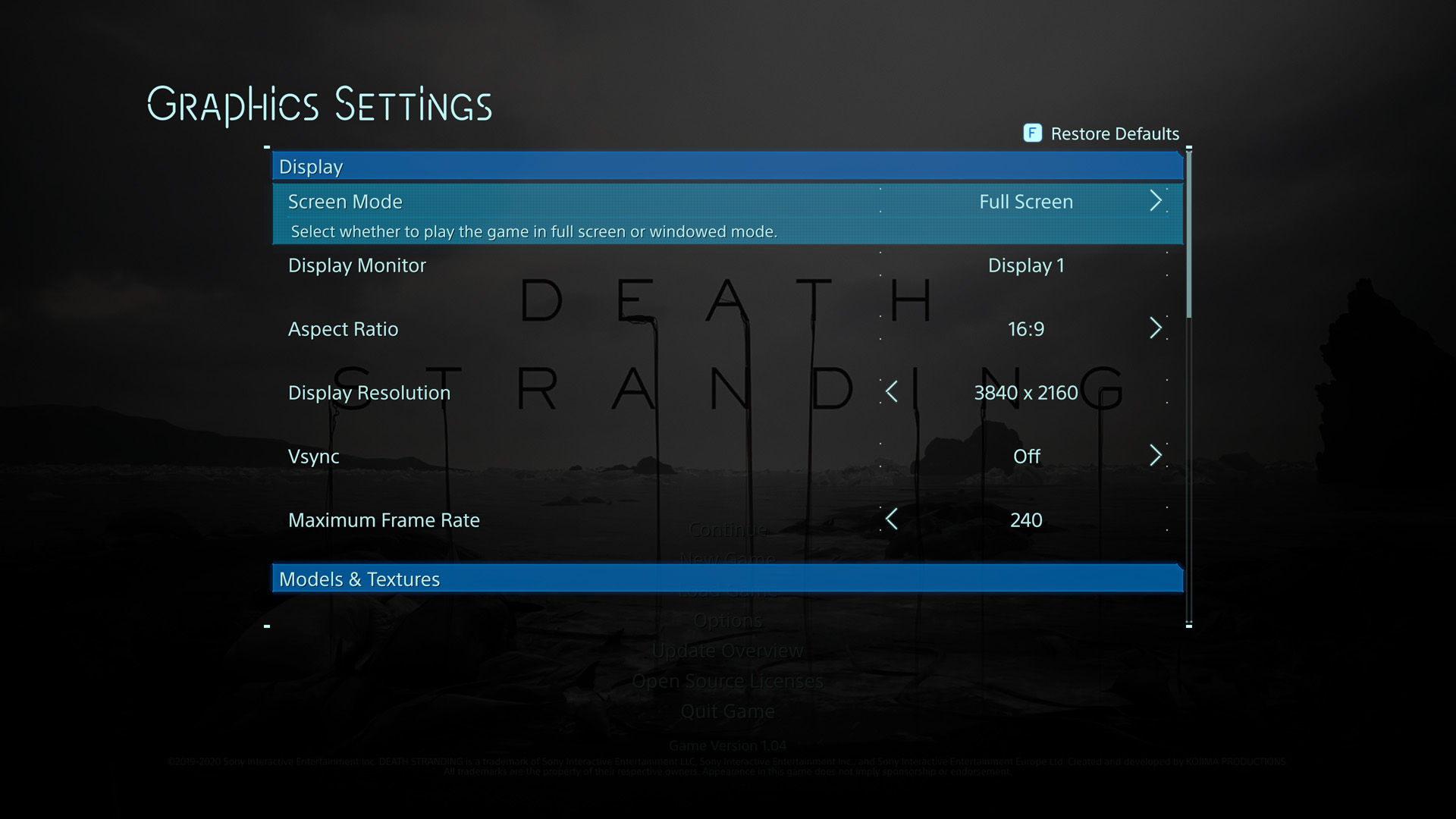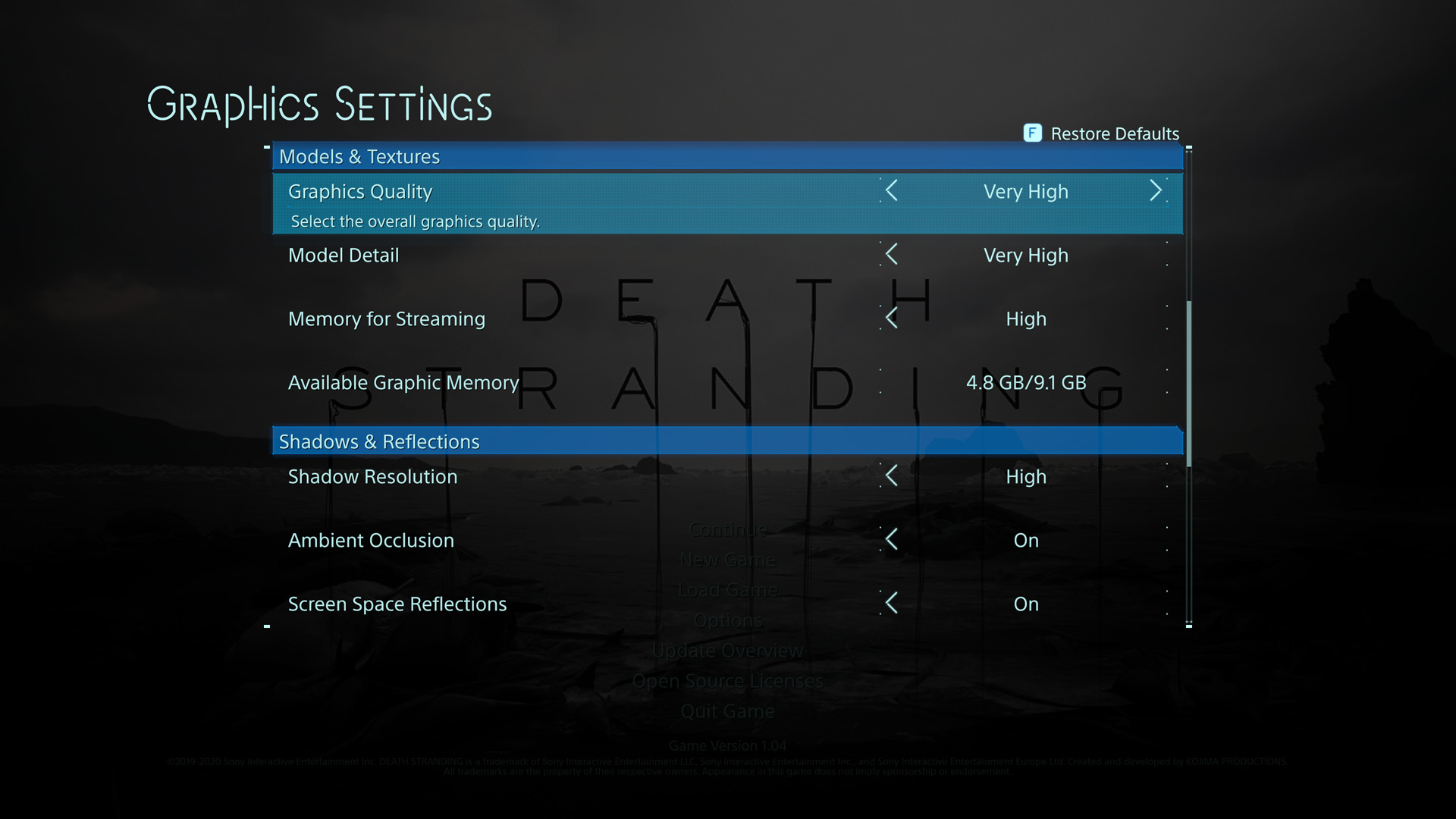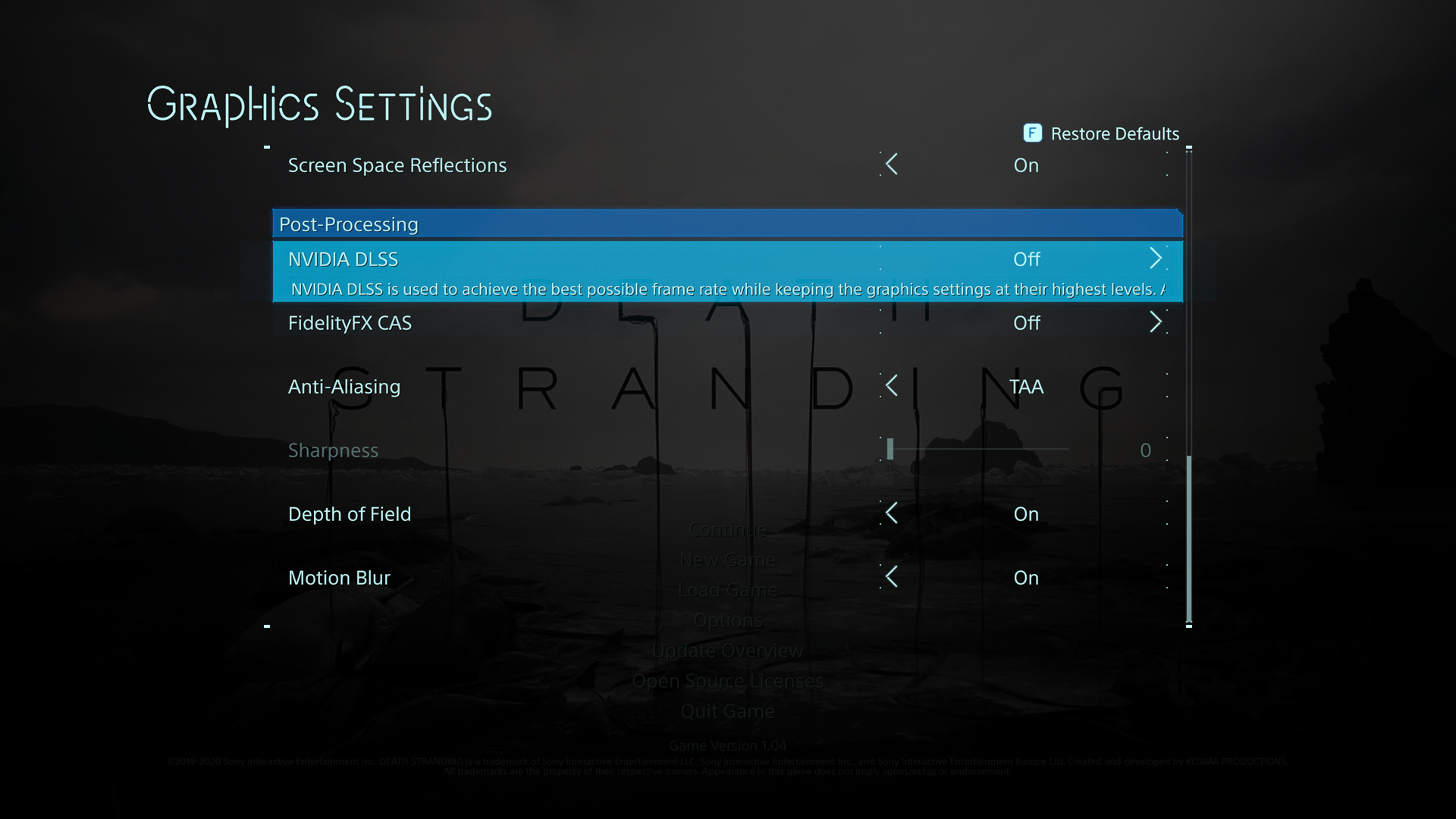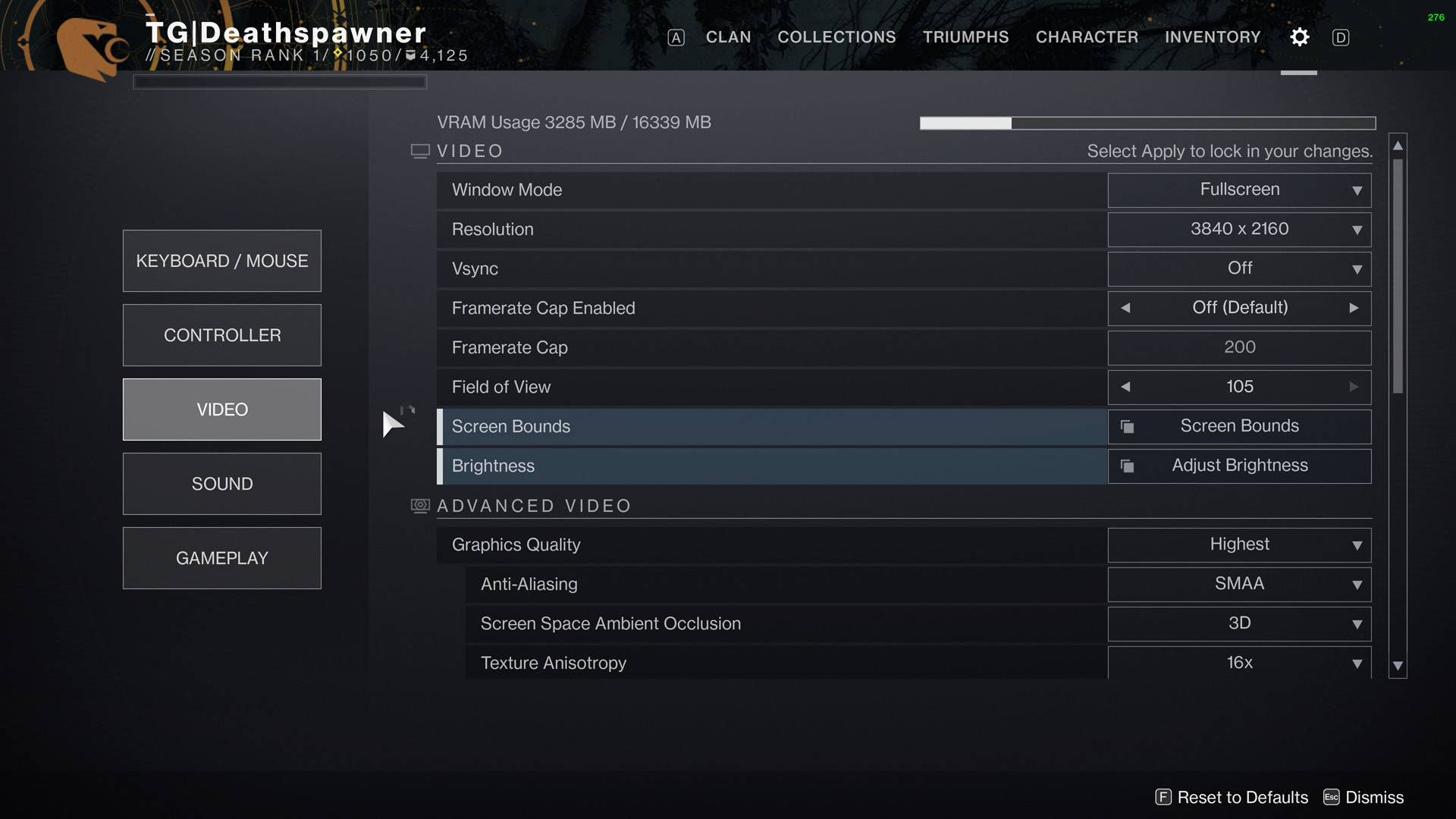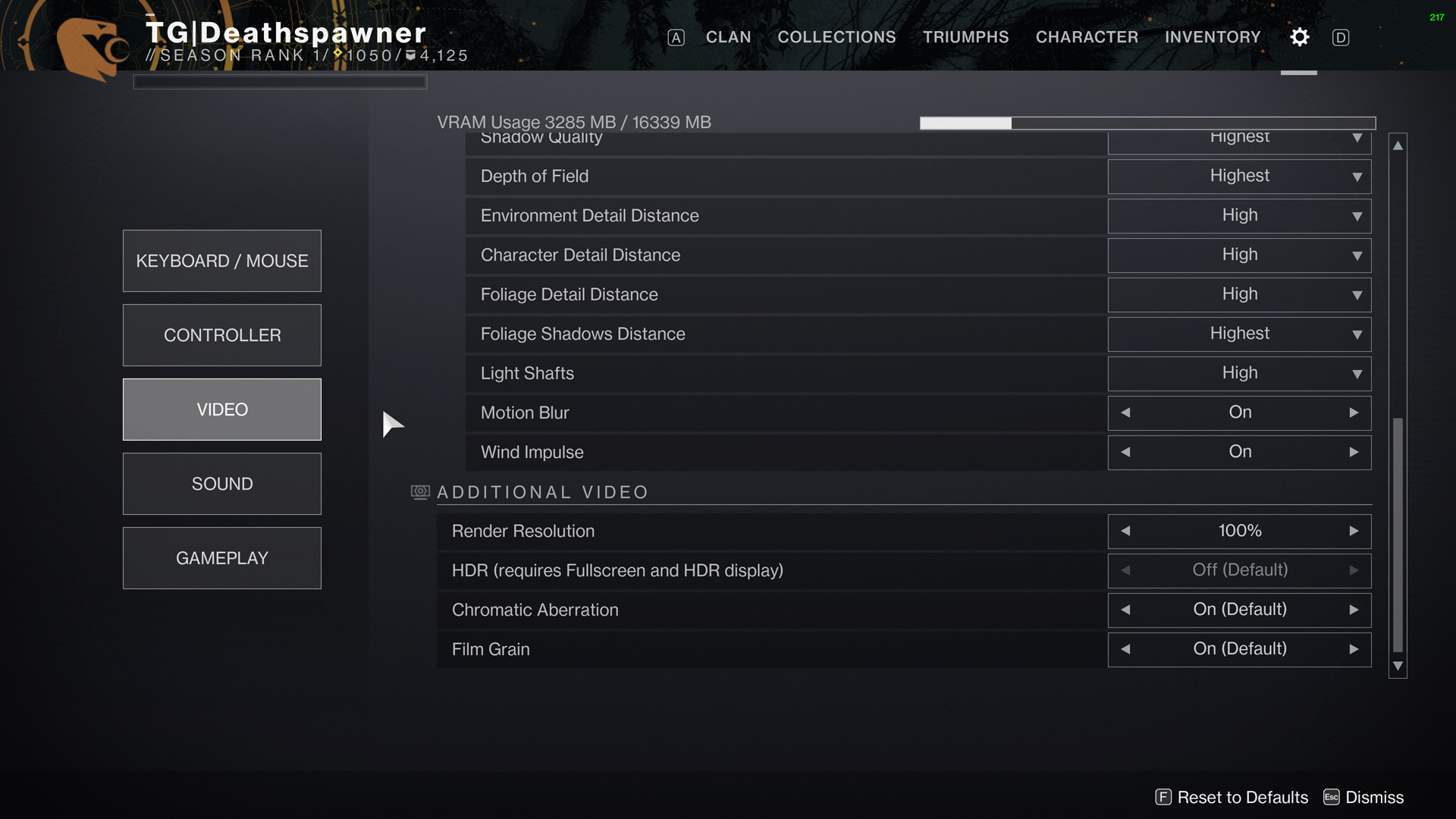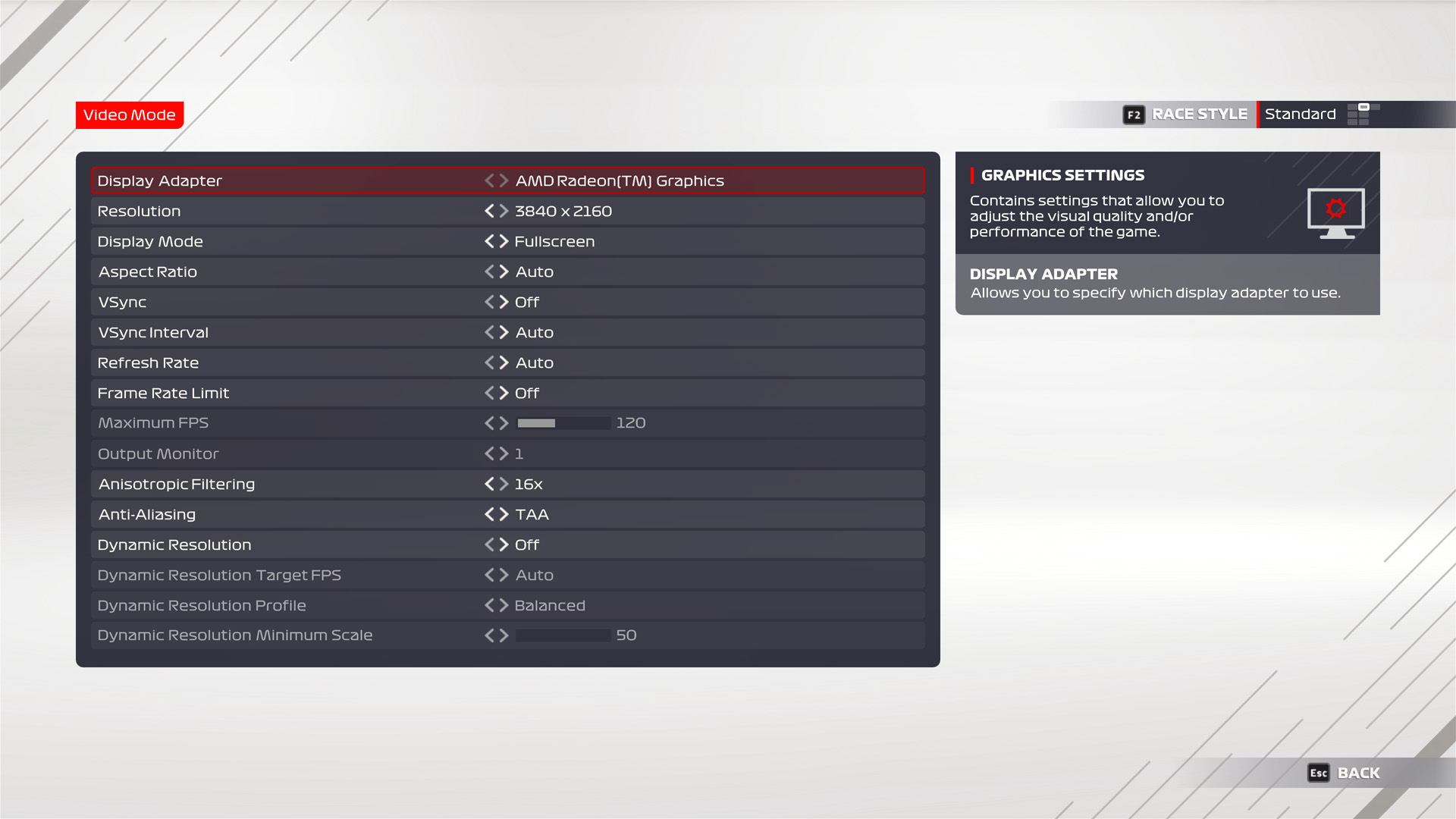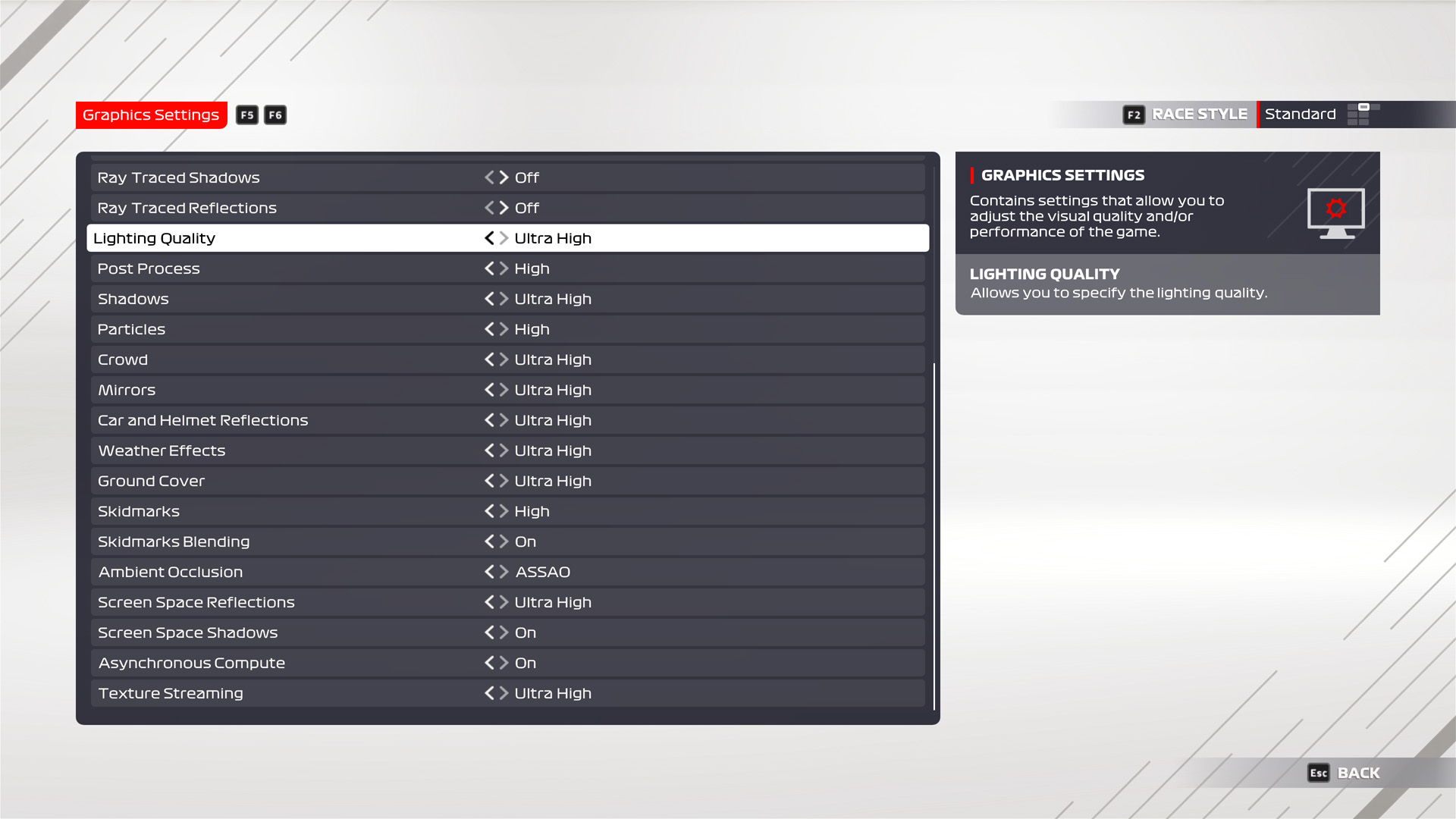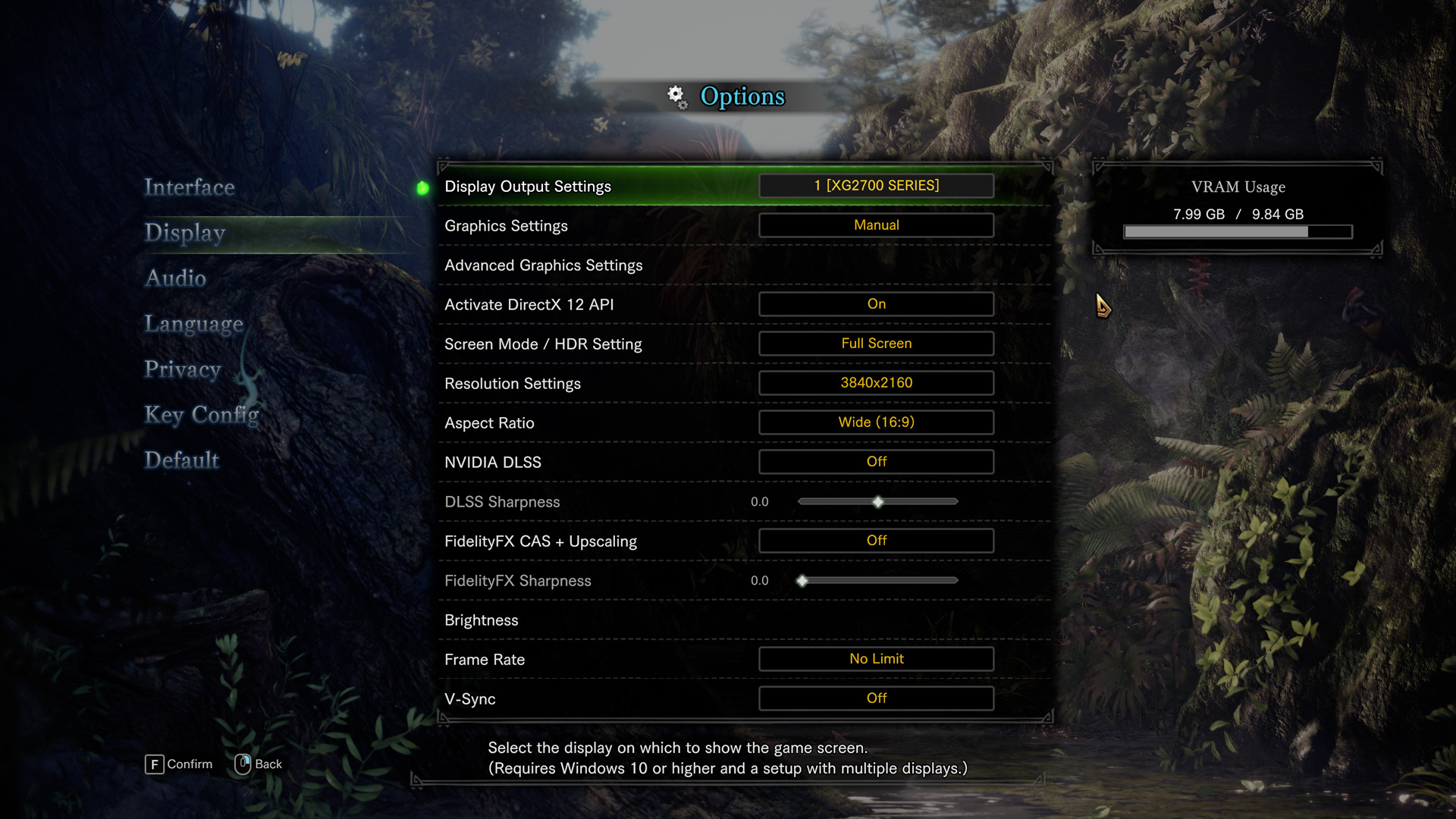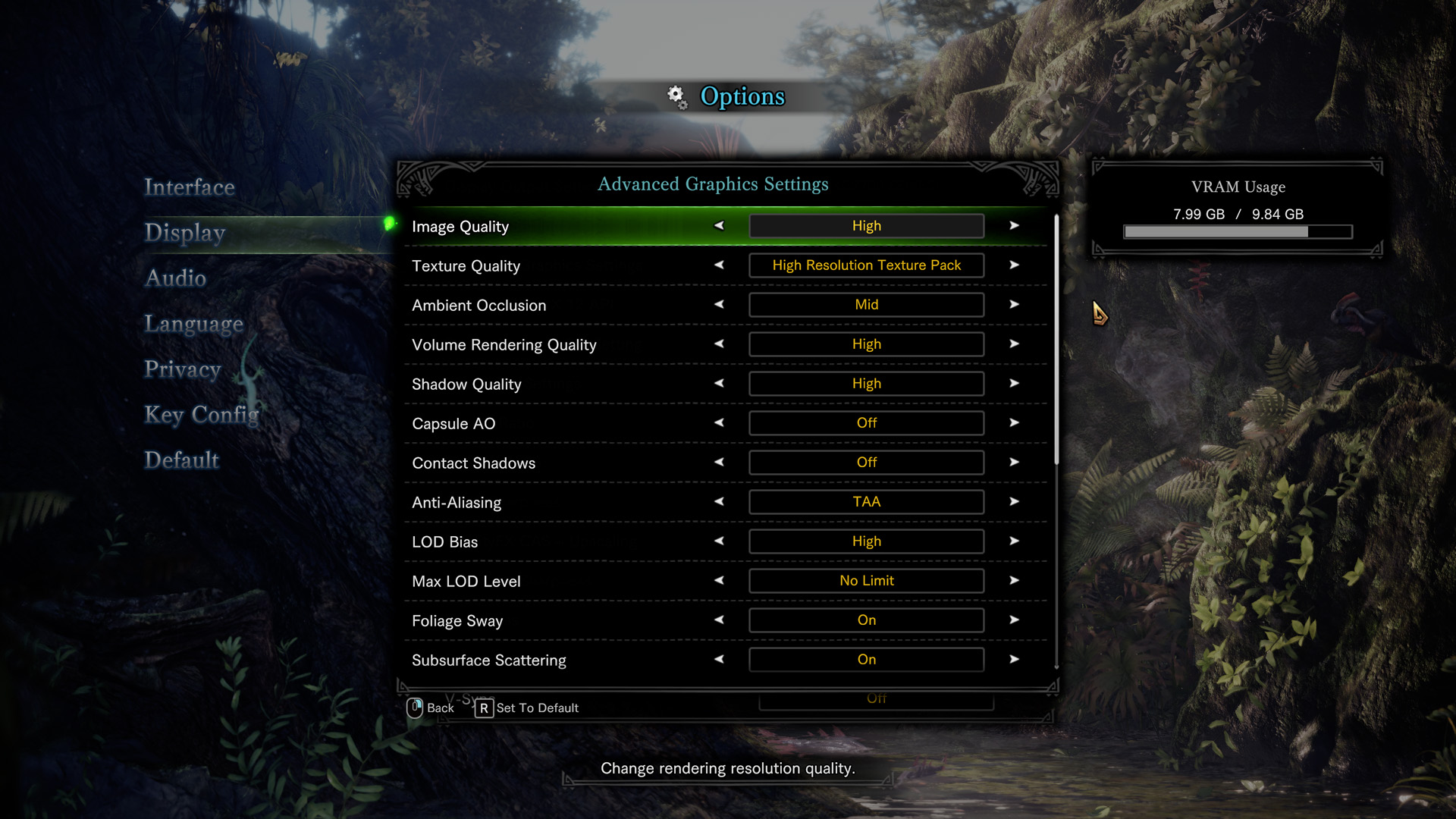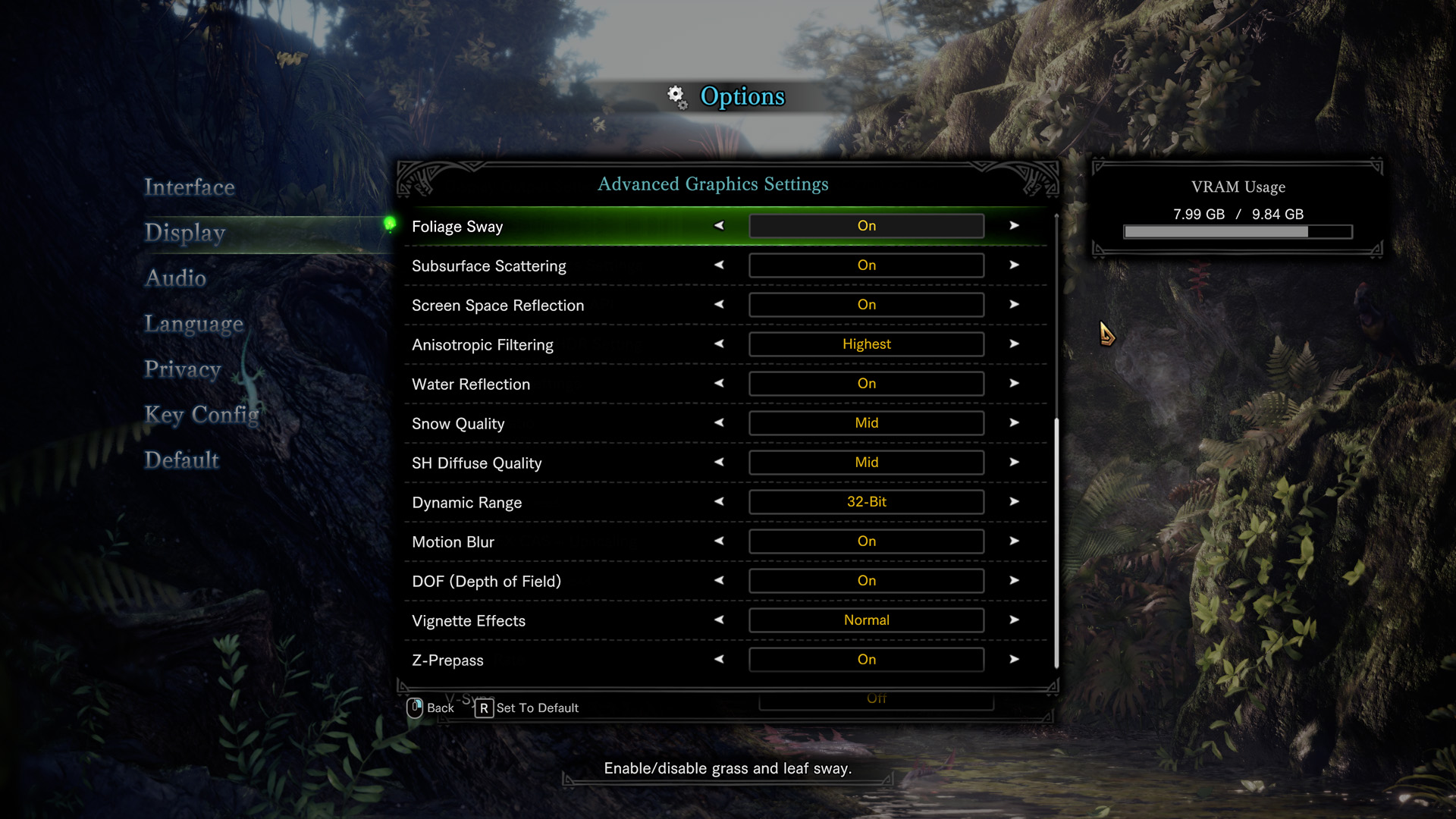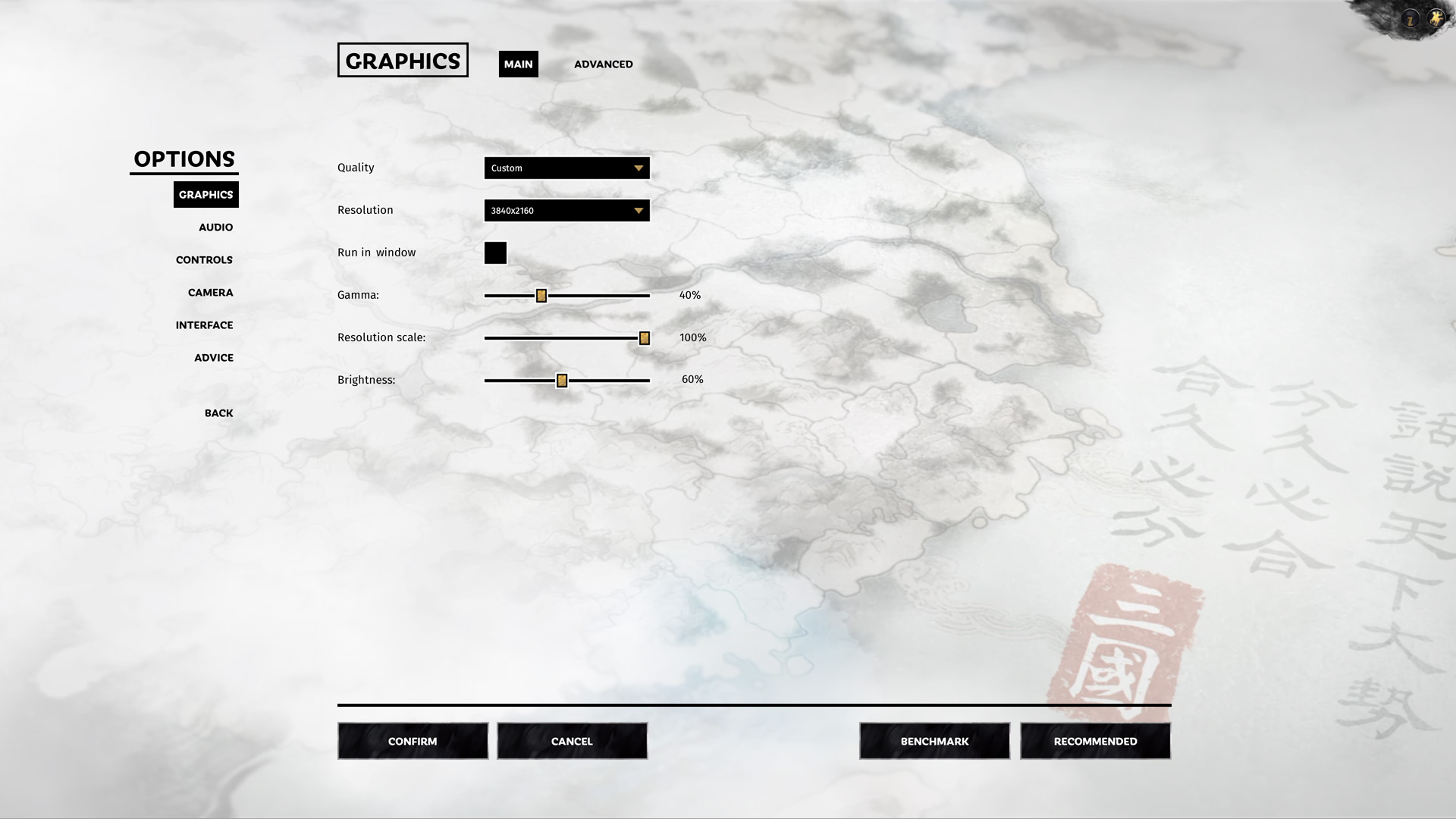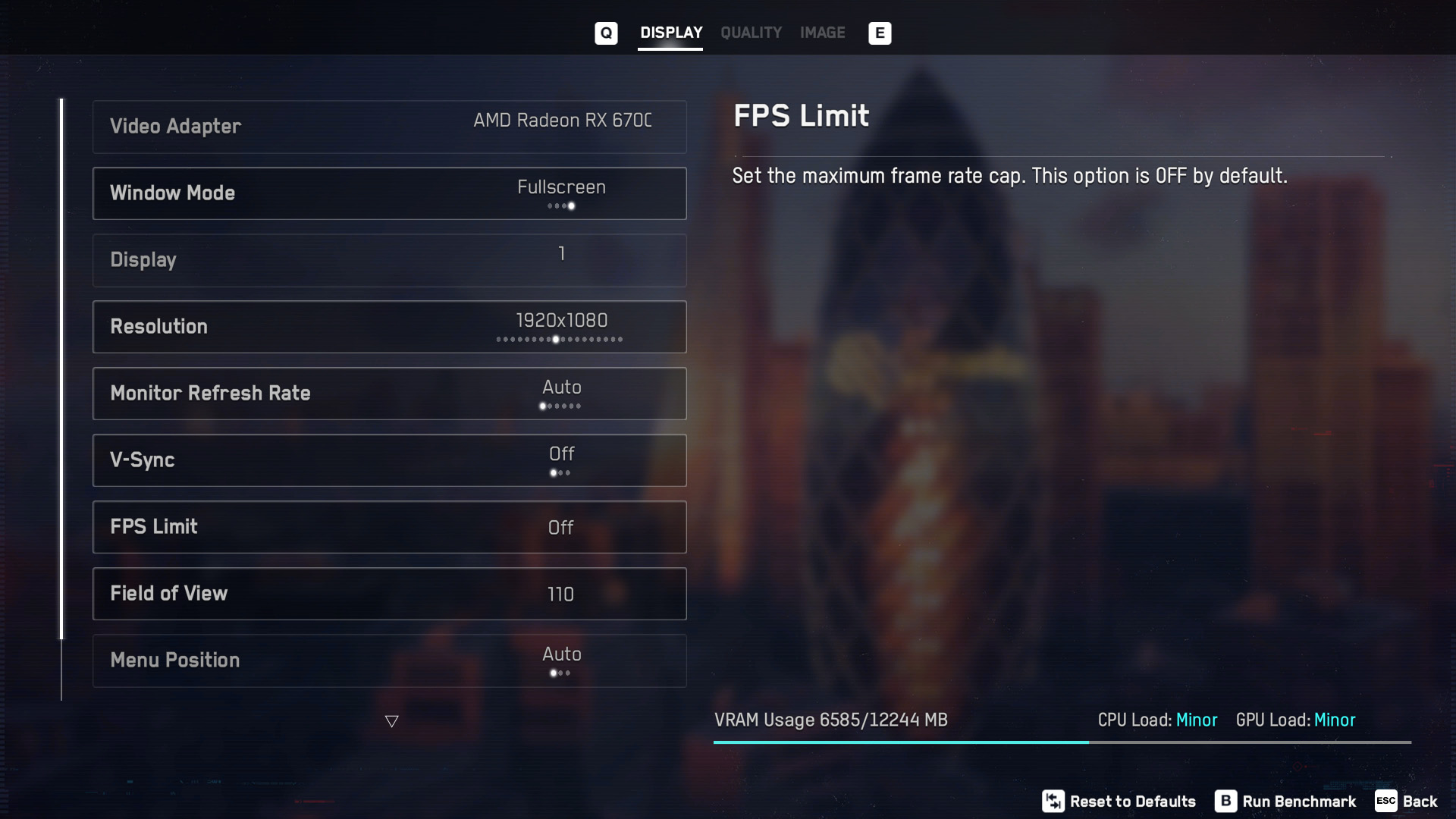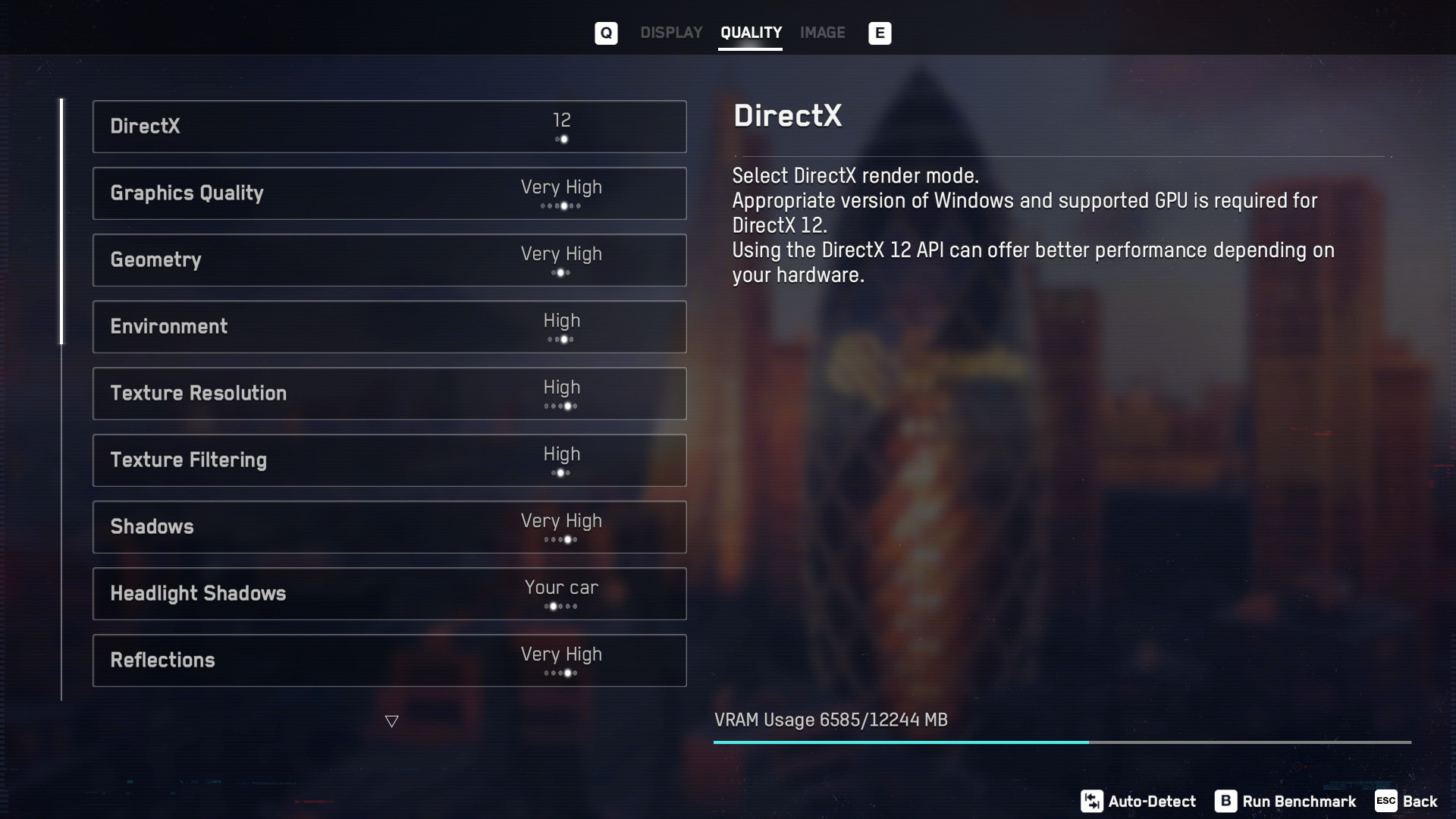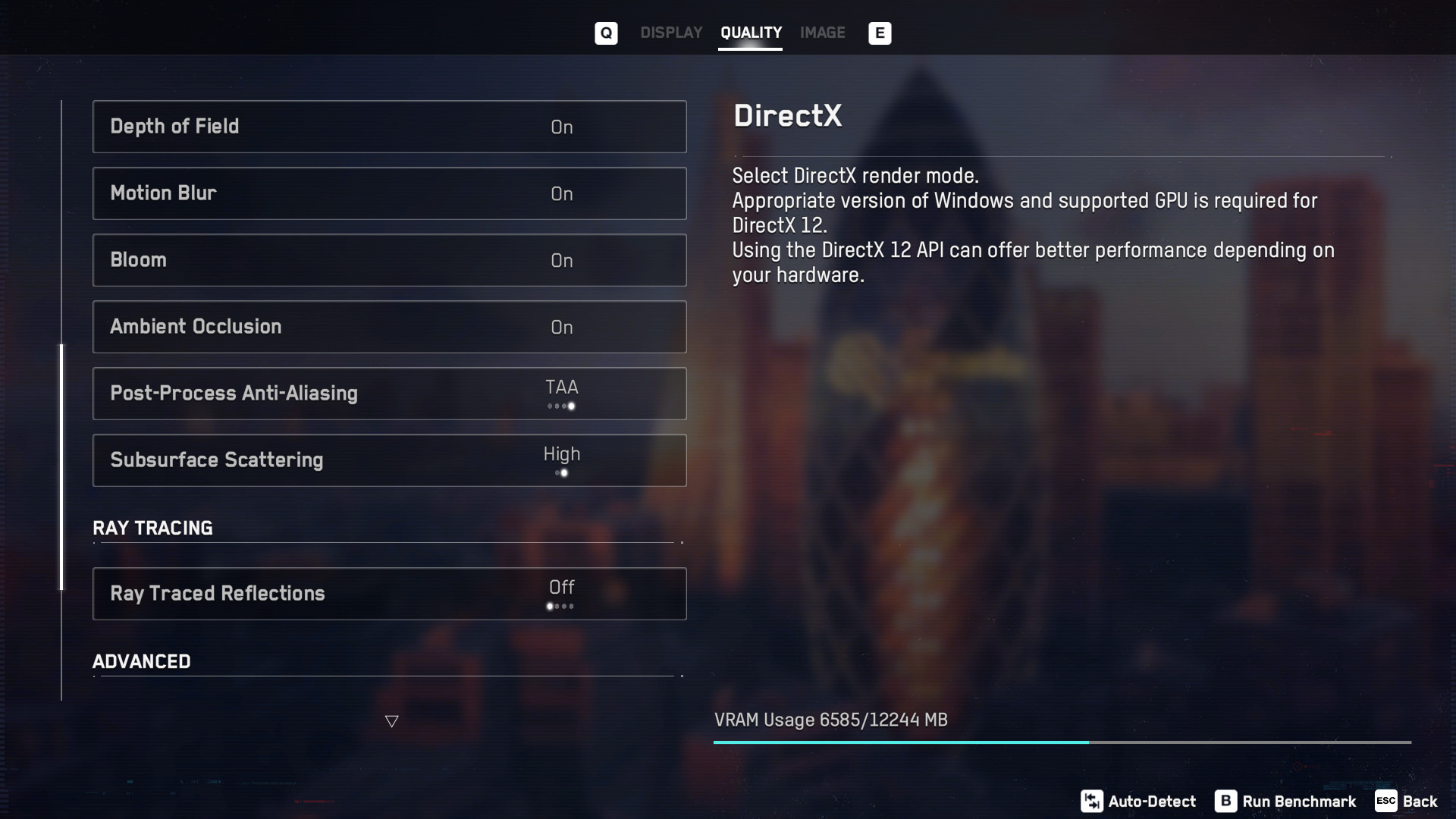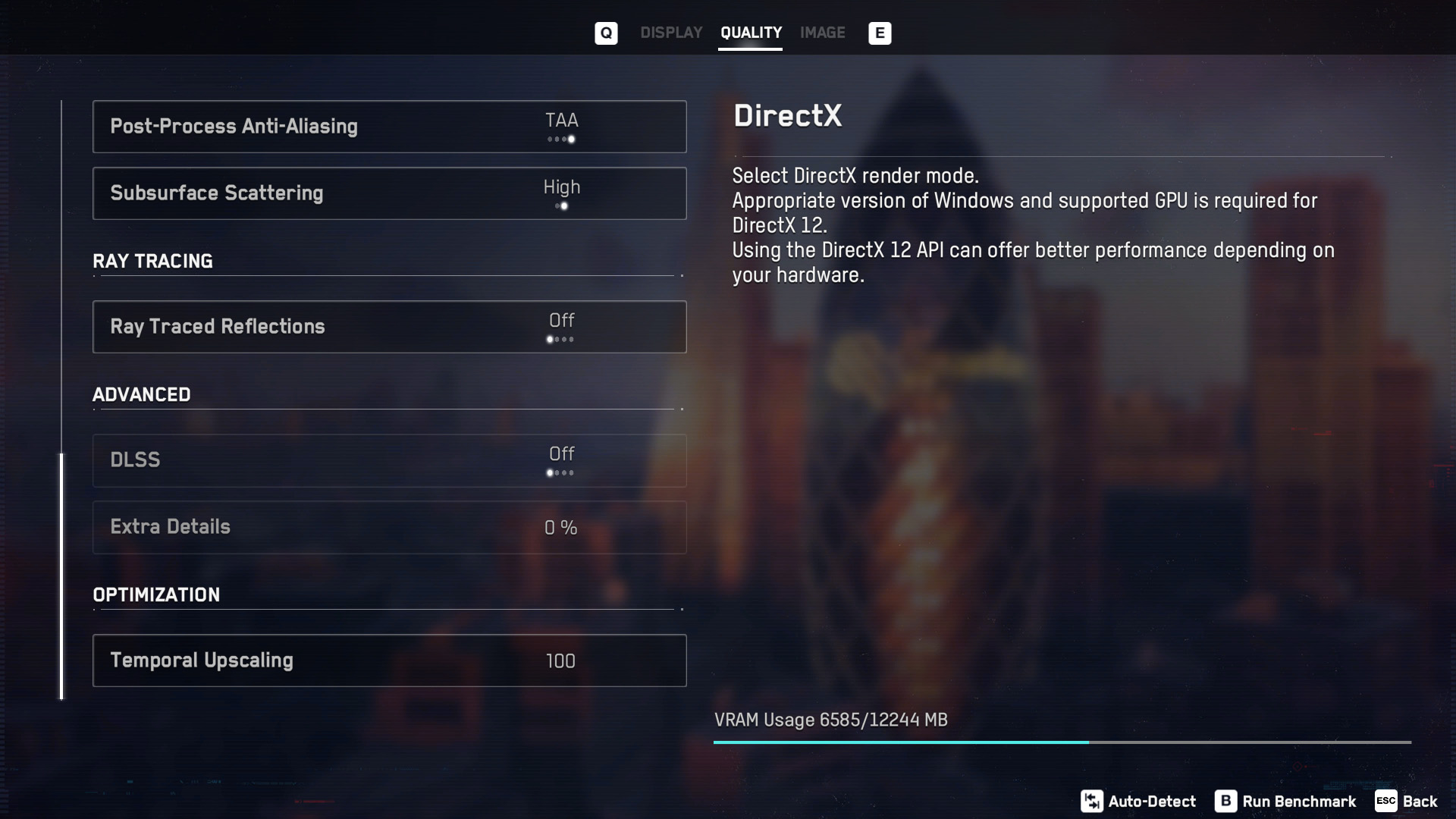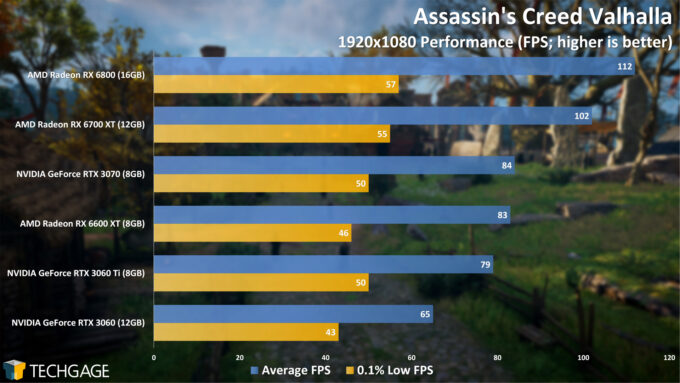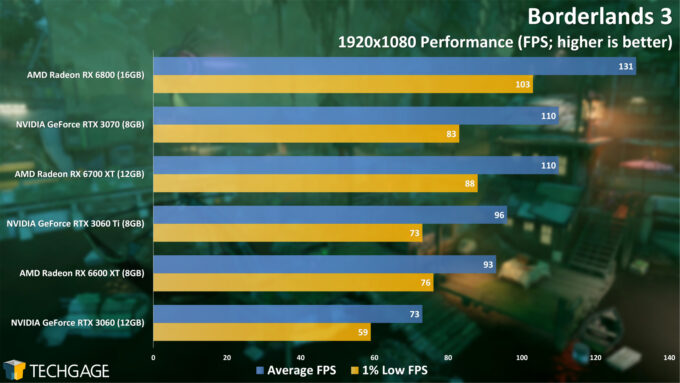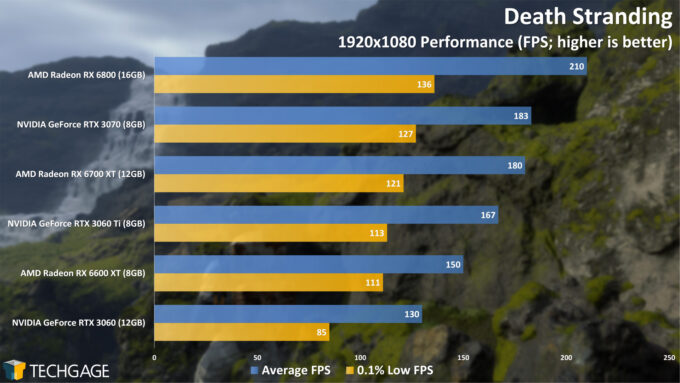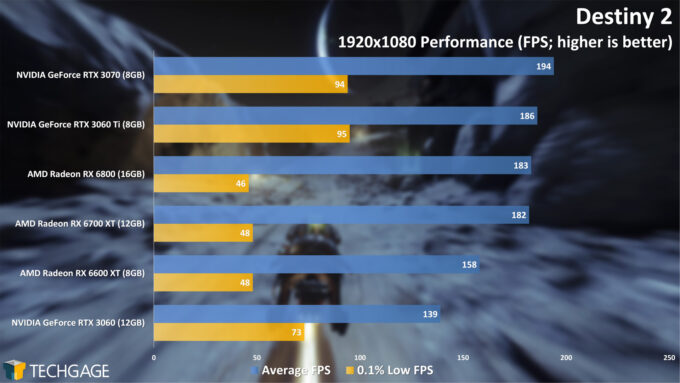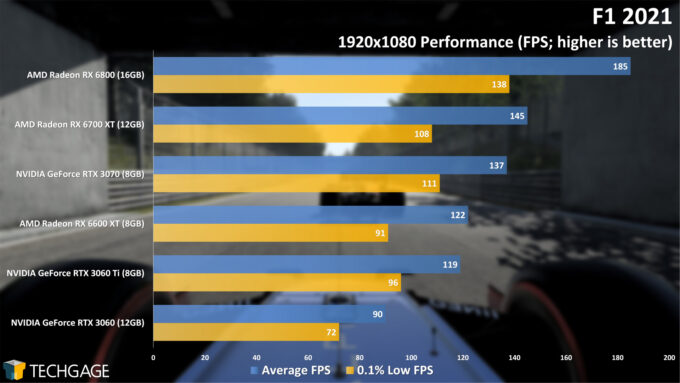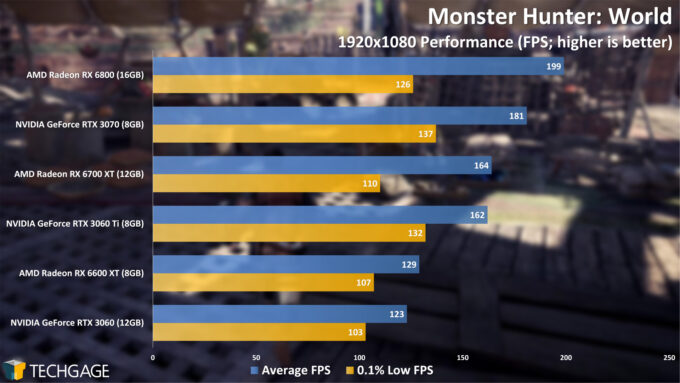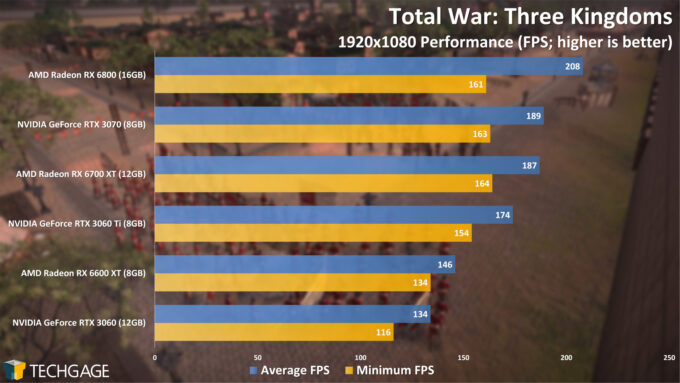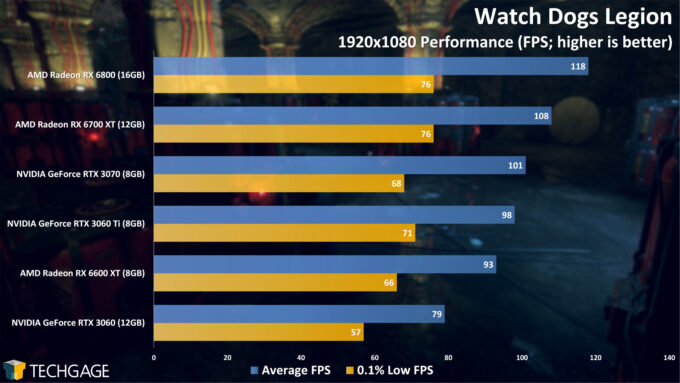- Qualcomm Launches Snapdragon 4 Gen 2 Mobile Platform
- AMD Launches Ryzen PRO 7000 Series Mobile & Desktop Platform
- Intel Launches Sleek Single-Slot Arc Pro A60 Workstation Graphics Card
- NVIDIA Announces Latest Ada Lovelace Additions: GeForce RTX 4060 Ti & RTX 4060
- Maxon Redshift With AMD Radeon GPU Rendering Support Now Available
A Look At “Epic” 1080p Gaming Performance With AMD’s Radeon RX 6600 XT
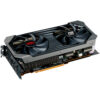
AMD has just ushered in the release of the fifth GPU to join the RDNA2-based Radeon lineup, and to the potential delight of fans, it comes in at the lowest price-point yet. Carrying an SRP of $379, the RX 6600 XT promises to deliver stellar 1080p gaming performance, even if your sights are set on high refresh.
Page 1 – Games: AC Valhalla, Borderlands 3, Destiny 2, Monster Hunter…
It’s been close to nine months since AMD launched its second-generation RDNA graphics cards, an era that began with the high-end Radeon RX 6800 and RX 6800 XT. Until this point, subsequent RDNA2 releases have catered to the higher-end crowd, with the top dog RX 6900 XT releasing only a month after initial launch, and the RX 6700 XT hitting the market this past March.
Fast-forward to now, and we’re seeing AMD launch the fifth model to grace its RDNA2 lineup, and unlike the others to come before it, this one caters to those who’ve been eying the same price-point previously occupied by the RDNA-based RX 5700 XT.
From an SRP perspective, the RX 6600 XT retails for $20 less than the RX 5700 XT, settling in at $379. That puts it $20 behind the competitive NVIDIA GeForce RTX 3060 Ti, and $100 behind the next-step-up Radeon, RX 6700 XT.
Starting with the RDNA2 generation, AMD gives users suggestions of which resolution best suits a particular GPU model right on the box. All three of the top-end cards are suited for 4K, while the RX 6700 XT targets 1440p. Meanwhile, the new RX 6600 XT seeks to be the killer 1080p card, offering enough oomph to deliver high-refresh in popular esports titles.
Before we go too much further, here’s AMD’s current lineup summed up in specs:
| AMD’s Radeon Creator & Gaming GPU Lineup | |||||||
| Cores | Boost MHz | Peak FP32 | Memory | Bandwidth | TDP | Price | |
| RX 6900 XT | 5,120 | 2,250 | 23 TFLOPS | 16 GB 1 | 512 GB/s | 300W | $999 |
| RX 6800 XT | 4,608 | 2,250 | 20.7 TFLOPS | 16 GB 1 | 512 GB/s | 300W | $649 |
| RX 6800 | 3,840 | 2,105 | 16.2 TFLOPS | 16 GB 1 | 512 GB/s | 250W | $579 |
| RX 6700 XT | 2,560 | 2,581 | 13.2 TFLOPS | 12 GB 1 | 384 GB/s | 230W | $479 |
| RX 6600 XT | 2,048 | 2,589 | 10.6 TFLOPS | 8 GB 1 | 256 GB/s | 160W | $379 |
| Notes | 1 GDDR6 Architecture: RX 6000 = RDNA2 |
||||||
With a power envelope of 160W, the RX 6600 XT can be designed to require just one 8-pin PCIe power connector, although we gauge that most cards will require both a 6- and 8-pin. Our particular sample, PowerColor’s Red Devil, requires both, and with a shorter design, it’s a model that should work great in most small form-factor builds. The cooler on the Red Devil does make the card extend a bit beyond the width of 2 PCIe slots, so if you absolutely must keep that constrained, both ASUS and Biostar appear to have the slimmest options available (right now).
Aside from the ongoing price-gouging we’re seeing in the market due to short supply, a card like the RX 6600 XT comes at a great time for 1080p gamers. This is a card that promises 1080p performance to satiate most appetites, even those that demand high refresh rates. It’s easier – and thankfully cheaper – than ever to score a high-refresh monitor without breaking the bank, so it’s good to see more powerful cards like these hit the market.
In briefing us on this card, AMD notes that an overwhelming number of gamers are sticking with 1080p, with about 66% of gaming monitors shipped during 2020 using that resolution. Similarly, high refresh monitors are becoming far more prevalent, with premium pricing locked to those models sporting market-leading refresh rates – effectively anything beyond 144Hz.
As with each launch, AMD reiterates its family of technologies surrounding its GPUs are worth paying attention to, such as FidelityFX, which encompasses a wide-range of VFX features for games (eg: the recently-launched FidelityFX Super Resolution); solutions like Radeon Anti-lag can reduce latency in competitive gaming; and Radeon Boost can use variable rate shading to boost performance during high-motion scenes, when detail loss will not be noticeable.
We hoped to get some FSR testing done for this article, but couldn’t due to life happening, so we’ll be tackling that in more depth in another content piece. For this article, we’ll stick to what’s largely our usual game test lineup, all focused on 1080p.
Benchmarking PC & Testing Methodology
| Techgage Gaming GPU Test PC | |
| Processor | AMD Ryzen 9 5950X (3.4GHz Base, 4.9GHz Turbo, 16C/32T) |
| Motherboard | ASRock X570 TAICHI (EFI: P4.30 04/14/2021) |
| Memory | Corsair Vengeance RGB Pro (CMW32GX4M4C3200C16) 8GB x 4 Operates at DDR4-3200 16-18-18 (1.35V) |
| AMD Graphics | AMD Radeon RX 6800 (16GB; Adrenalin 21.7.2) AMD Radeon RX 6700 XT (12GB; Adrenalin 21.7.2) AMD Radeon RX 6600 XT (8GB; Adrenalin 21.7.1 Review Beta) |
| NVIDIA Graphics | NVIDIA GeForce RTX 3070 (8GB; GeForce 471.41) NVIDIA GeForce RTX 3060 Ti (8GB; GeForce 471.41) NVIDIA GeForce RTX 3060 (12GB; GeForce 471.41) |
| Storage | GeForce: WD Blue 3D NAND 1TB (SATA 6Gbps) Radeon: WD Blue 3D NAND 1TB (SATA 6Gbps) |
| Power Supply | Corsair RM850x (850W) |
| Chassis | Fractal Design Define C Mid-tower |
| Cooling | Corsair iCUE H115i RGB PLATINUM (240mm) |
| Et cetera | Resizable BAR is disabled Windows 10 Pro build 19043.1151 (21H1) |
All of our testing is completed using the latest versions of Windows (10, 21H1), respective graphics drivers, and all of the games tested. Because some games update frequently, our goal is to clear through our chosen set of GPUs before any of the tested games manage to drop a new update. If an update does roll out, we quickly sanity check a previous result to make sure performance remains the same.
Here are some other general guidelines we follow:
- Disruptive services are disabled; eg: Search, Cortana, User Account Control, Defender, etc.
- Overlays and / or other extras are not installed with the graphics driver.
- Vsync is disabled at the driver level (and in any tested game).
- OSes are never transplanted from one machine to another.
- We validate system configurations before kicking off any test run.
- Testing doesn’t begin until the PC is idle (keeps a steady minimum wattage).
- All tests are repeated until there is a high degree of confidence in the results.
As covered above, this article is going to focus squarely on 1080p benchmarks with eight titles, while we’re going to be saving more specific FSR testing for later (and not to mention rebar / Smart Access Memory, which we’re overdue on.) For those interested in synthetic tests, we have a full assortment of UL and Unigine tests on the following page.
Here’s the full breakdown of our tested games:
- Assassin’s Creed Valhalla – AMD Ryzen partner
- Borderlands 3 – AMD Radeon partner
- Death Stranding
- Destiny 2
- F1 2021
- Monster Hunter World
- Total War: Three Kingdoms
- Watch Dogs Legion – NVIDIA GeForce partner
Note: You can download all of the tested setting images at once here (ZIP, 7.6MB).
Assassin’s Creed Valhalla
We kick off our look of AMD’s new RX 6600 XT with Assassin’s Creed Valhalla, which has put the new card ahead of its closest competitor, NVIDIA’s RTX 3060 Ti. It still surprises us a bit to see AMD perform so strongly in this game, since the AC series, in our experience, has usually given NVIDIA the ultimate nod. Overall, the 6600 XT outperforms the 3060 Ti while sliding just behind the RTX 3070 – not bad.
Borderlands 3
Borderlands 3 has historically been a game that’s run really well on Radeon, and we’re seeing no exceptions here. From our previous testing, it’s also a game that takes good advantage of resizable BAR, so if you have the option to enable that, you should do so.
It’s becoming clearer why AMD targets this RX 6600 XT squarely at 1080p gamers: it’s been delivering well beyond 60 FPS in both games so far, even though those titles had their graphical detail settings effectively topped-out.
Death Stranding
With Death Stranding, we’re seeing a bit of a flip-flop in GPU strengths, with NVIDIA’s RTX 3060 Ti now placing a bit ahead of the RX 6600 XT. That said, both cards are delivering greater than 144Hz performance at this resolution, so if you have a 1440p monitor, and have intentions to play this game, it looks like you’ll get fantastic performance at that resolution, too.
Destiny 2
Destiny 2 has been an interesting game to test, not just because the game is so much fun to play. Historically, AMD’s GPUs have suffered a bit in this game, not with the averages, but with the percentile lows. There’s again no exception to be made here, with all three of AMD’s cards hovering around the same low point.
Recently, AMD released a new Radeon driver that was said to smooth out Destiny 2 performance, and based on threads we’ve seen around the web, some folks have seen improvement. Unfortunately, we’re not seeing the same thing in our testing. We’re really not sure what causes these low percentiles, but we hope a future Adrenalin driver release will finally take care of the issue.
F1 2021
First and foremost, if you want a really detailed look at the performance of F1 2021, we’d suggest checking out our dedicated article – after checking out this RX 6600 XT result, that is (since we didn’t test the GPU in that aged article for obvious reasons). In that article, we test four resolutions, ray tracing, and even per-track performance testing.
AMD has typically performed quite well in the F1 series, and as we can see the RX 6600 XT going head-to-head with the RTX 3060 Ti, nothing has changed here. With this level of performance, hitting 144 FPS with either of the cards at 1080p will be no problem as long as you decrease some of the most grueling graphics options.
Monster Hunter: World
As with Destiny 2, AMD has at some points suffered with low percentiles in Monster Hunter: World, and while the Radeons in our chart above still do fall behind GeForces in that way, the lows are definitely smoother than what we’ve seen in the past.
That said, the average advantage goes to GeForce, with the RTX 3060 Ti proving a fair bit faster than the RX 6600 XT. Again, we’re dealing with high frame rates here, so 1440p performance would be solid, as well.
Total War: Three Kingdoms
With Three Kingdoms, NVIDIA’s GPUs once again have an advantage, with the RTX 3070 performing the same as the slightly more expensive RX 6700 XT, and the RTX 3060 Ti jumping ahead of the RX 6600 XT in a similar manner as we saw with Monster Hunter: World. Yet again, the frame rates here are so good overall, that 1440p will be a good option for both cards.
Watch Dogs Legion
To wrap up our look at standard games, here’s Watch Dogs Legion. This is another game that has supported NVIDIA quite well since its launch, but AMD really holds its own here, with the RX 6600 XT hitting over 90 FPS at top detail, leaving room to hit at least 60 FPS at 1440p – albeit with the possibility of needing to drop some detail levels.
Synthetic benchmark results grace the next page, so check those out if you want to compare any scores from your own machine. If you’re indifferent, jump right on over to the final page:
Support our efforts! With ad revenue at an all-time low for written websites, we're relying more than ever on reader support to help us continue putting so much effort into this type of content. You can support us by becoming a Patron, or by using our Amazon shopping affiliate links listed through our articles. Thanks for your support!




